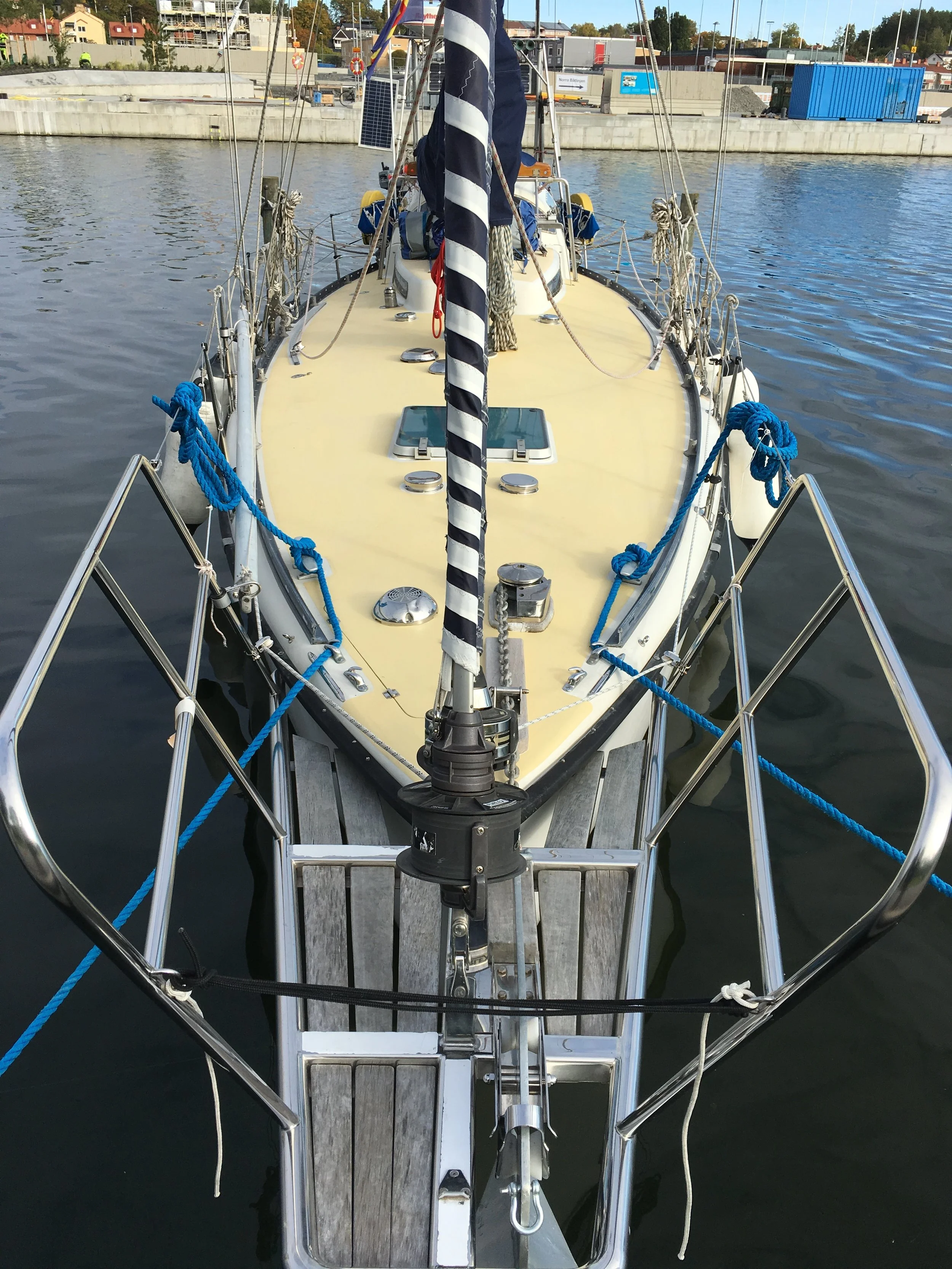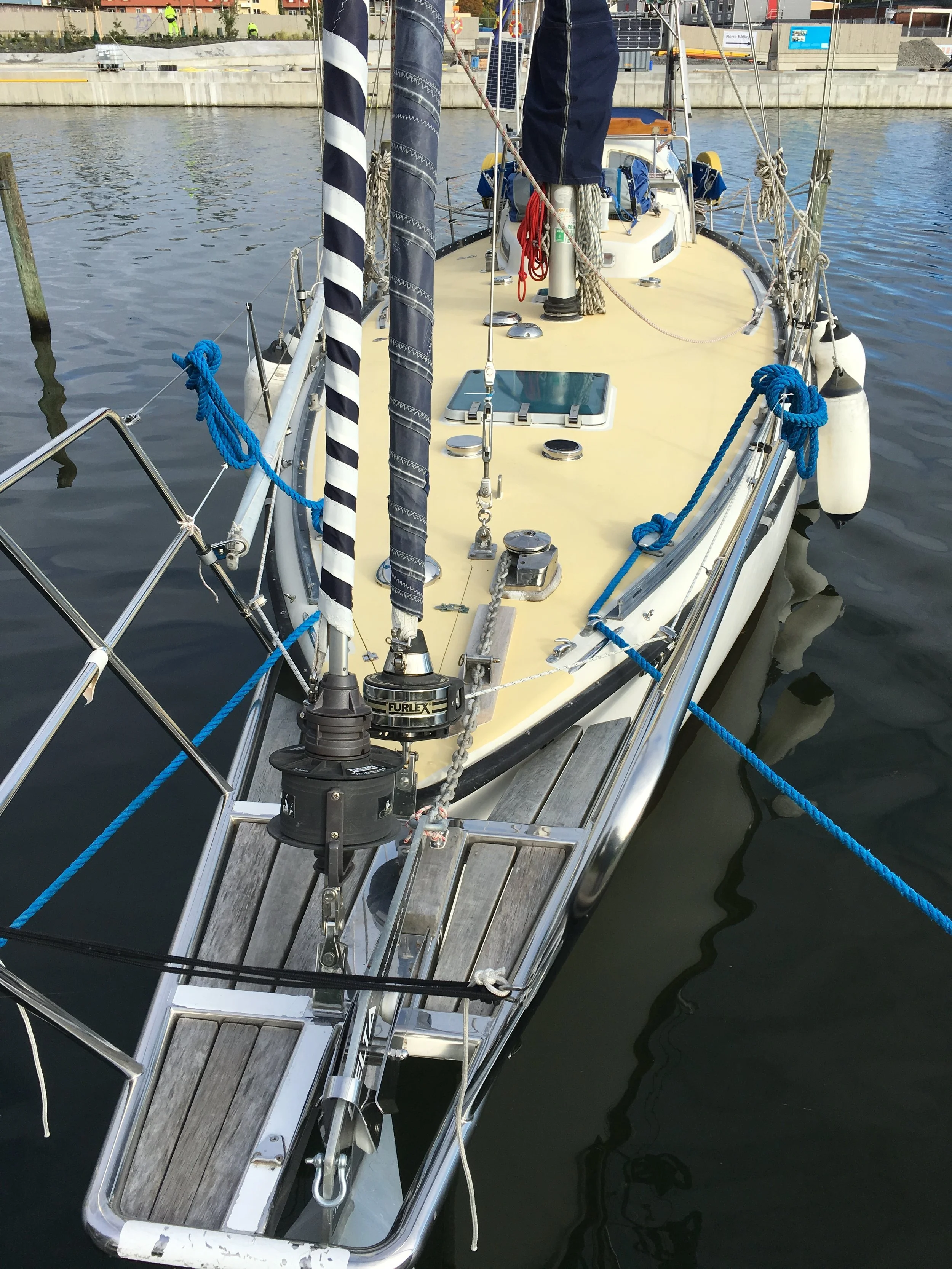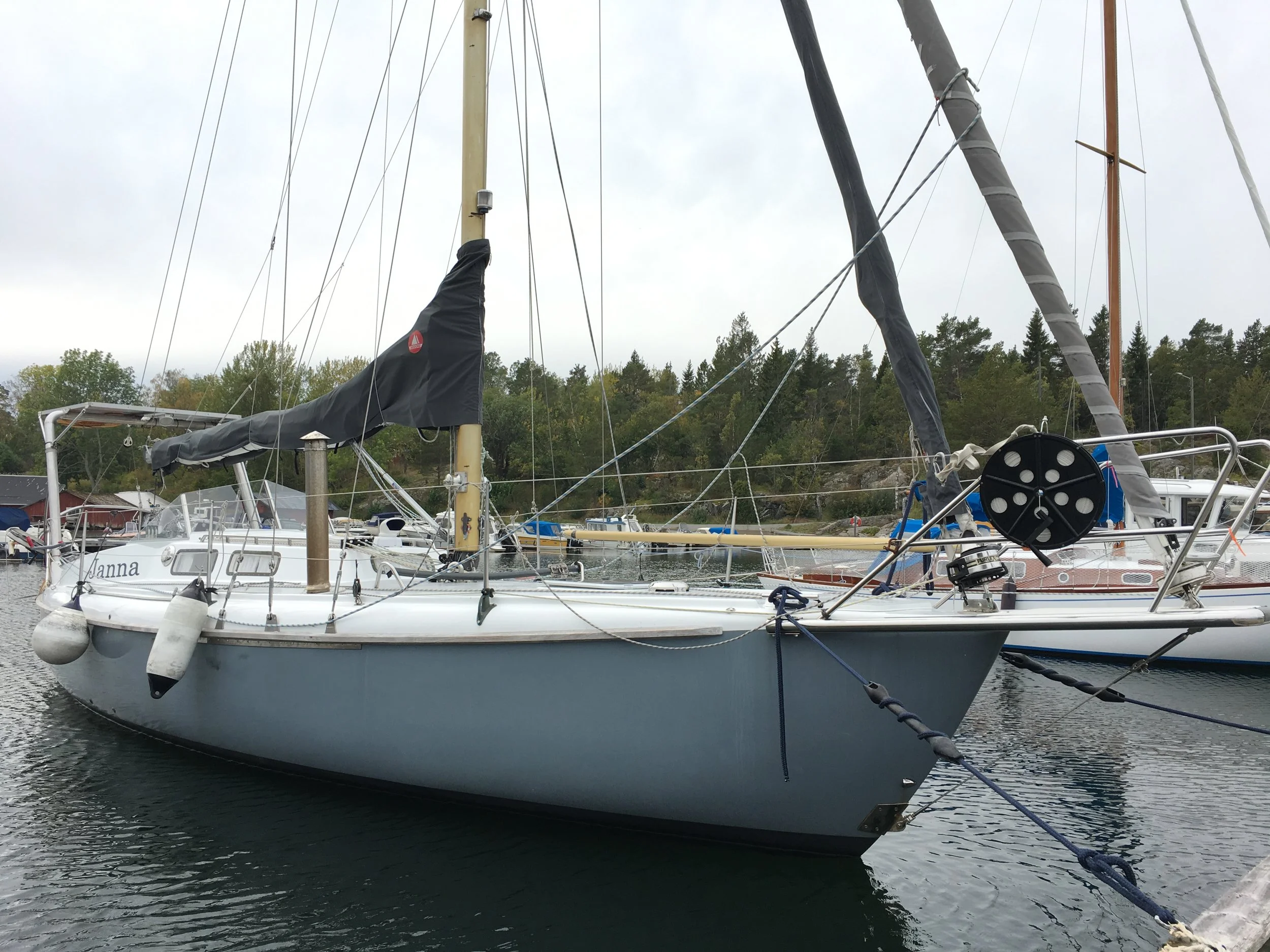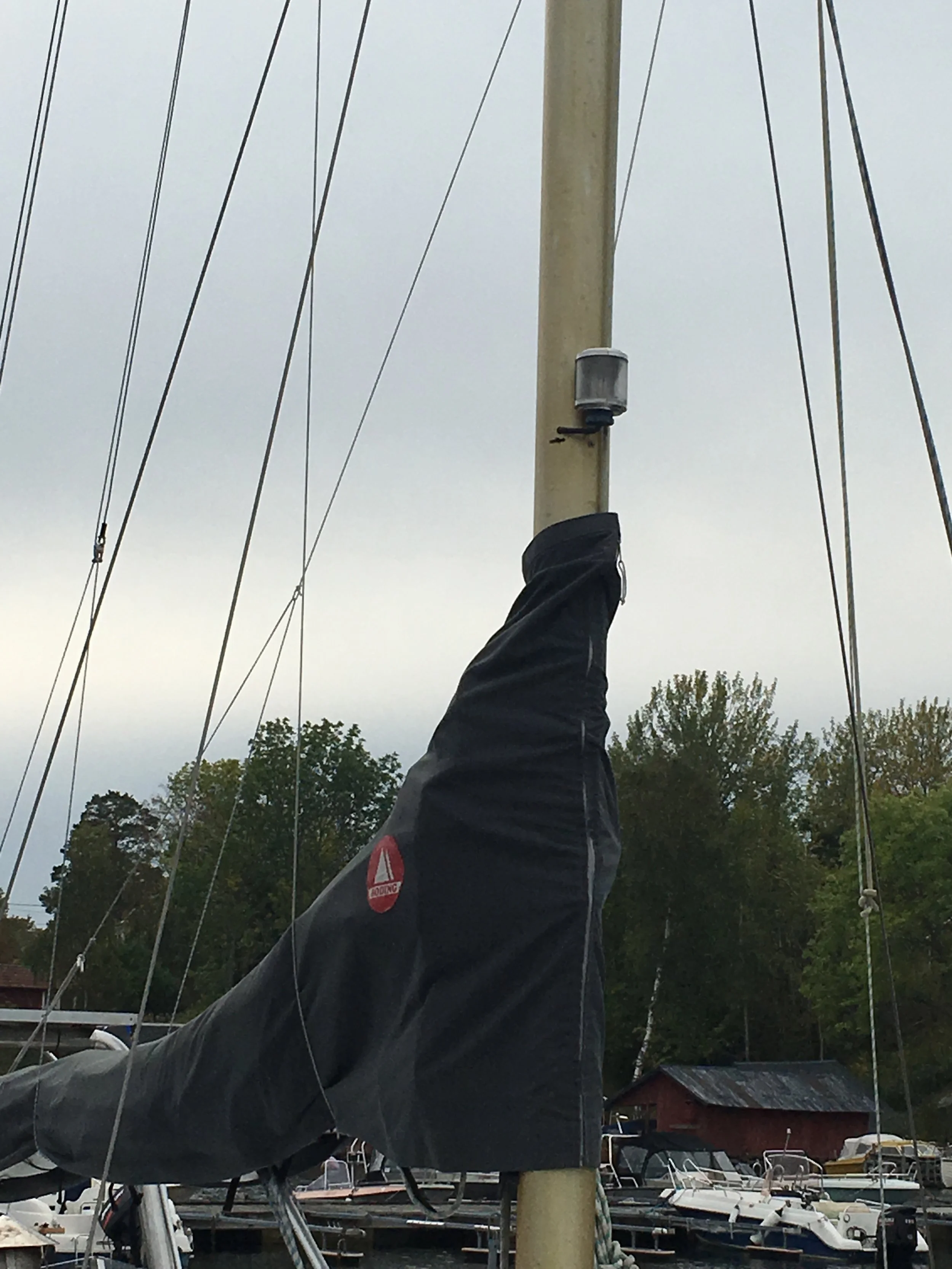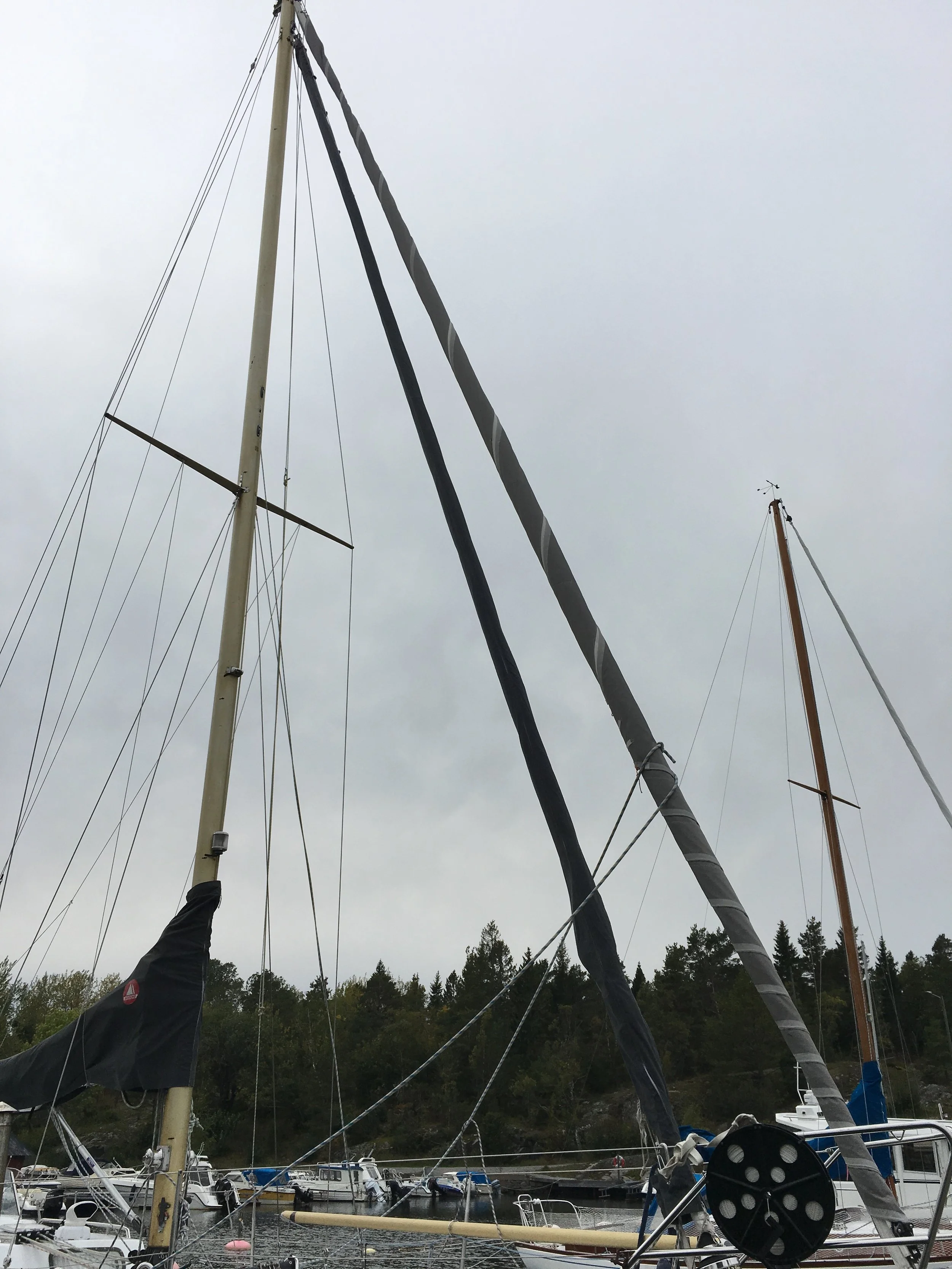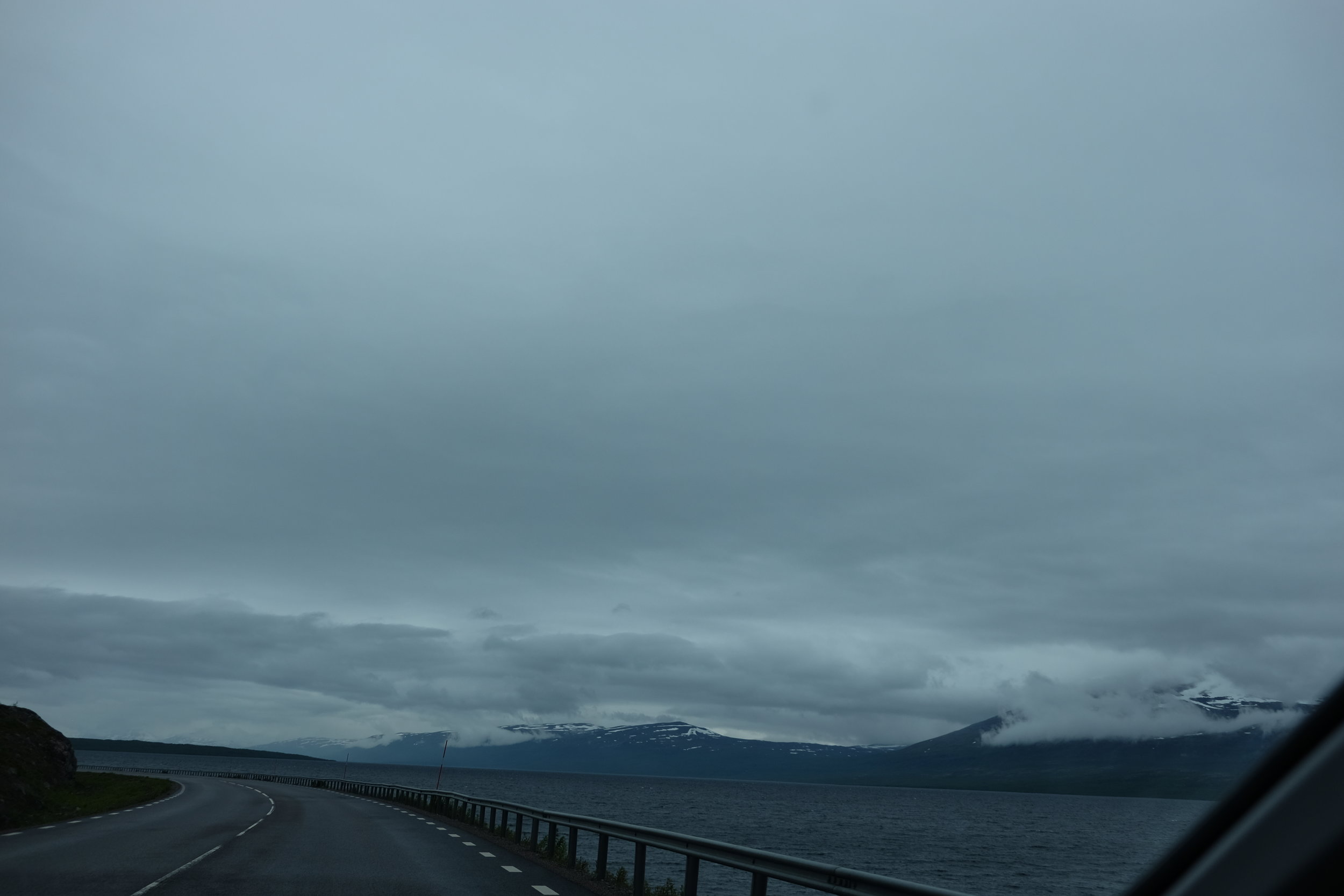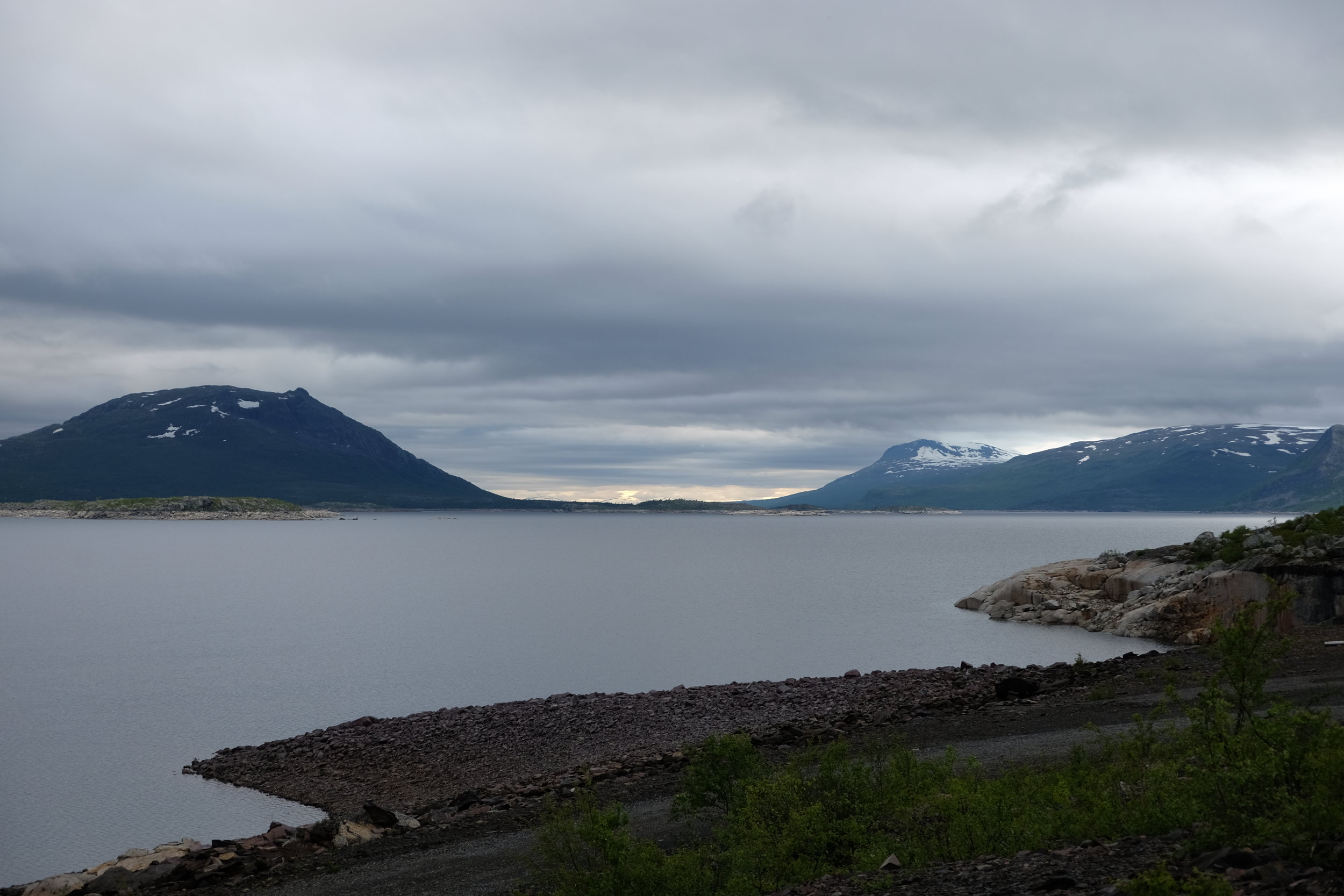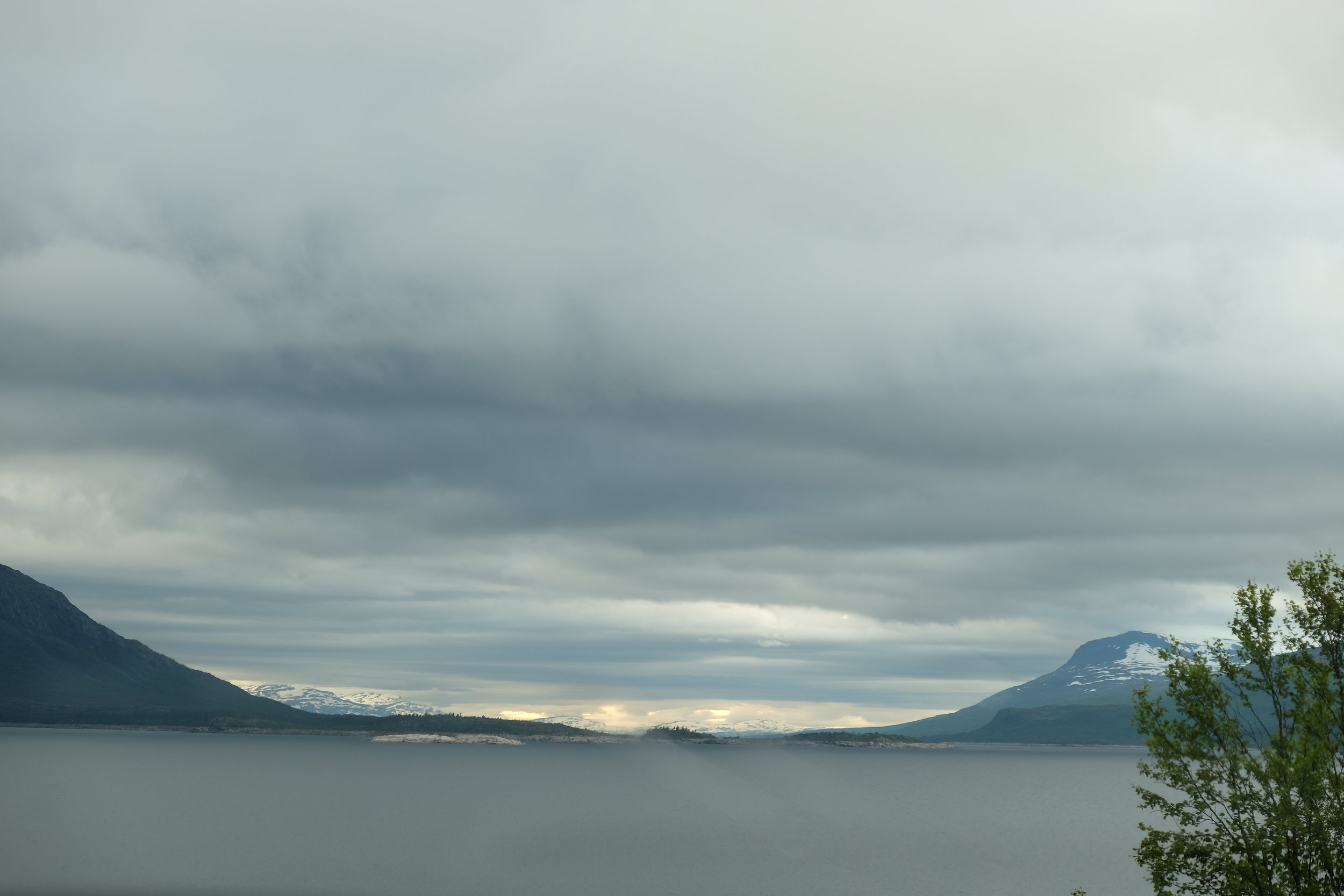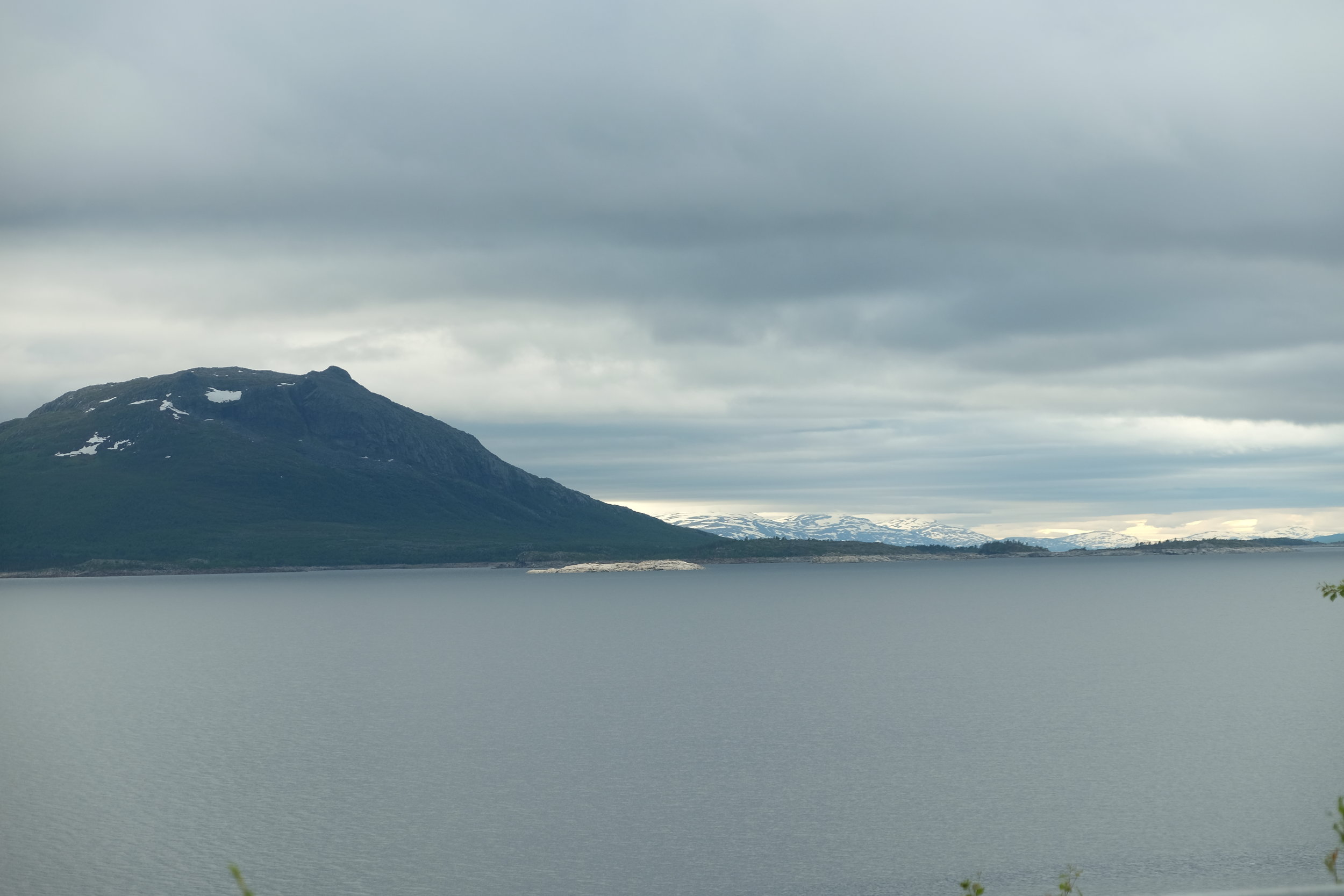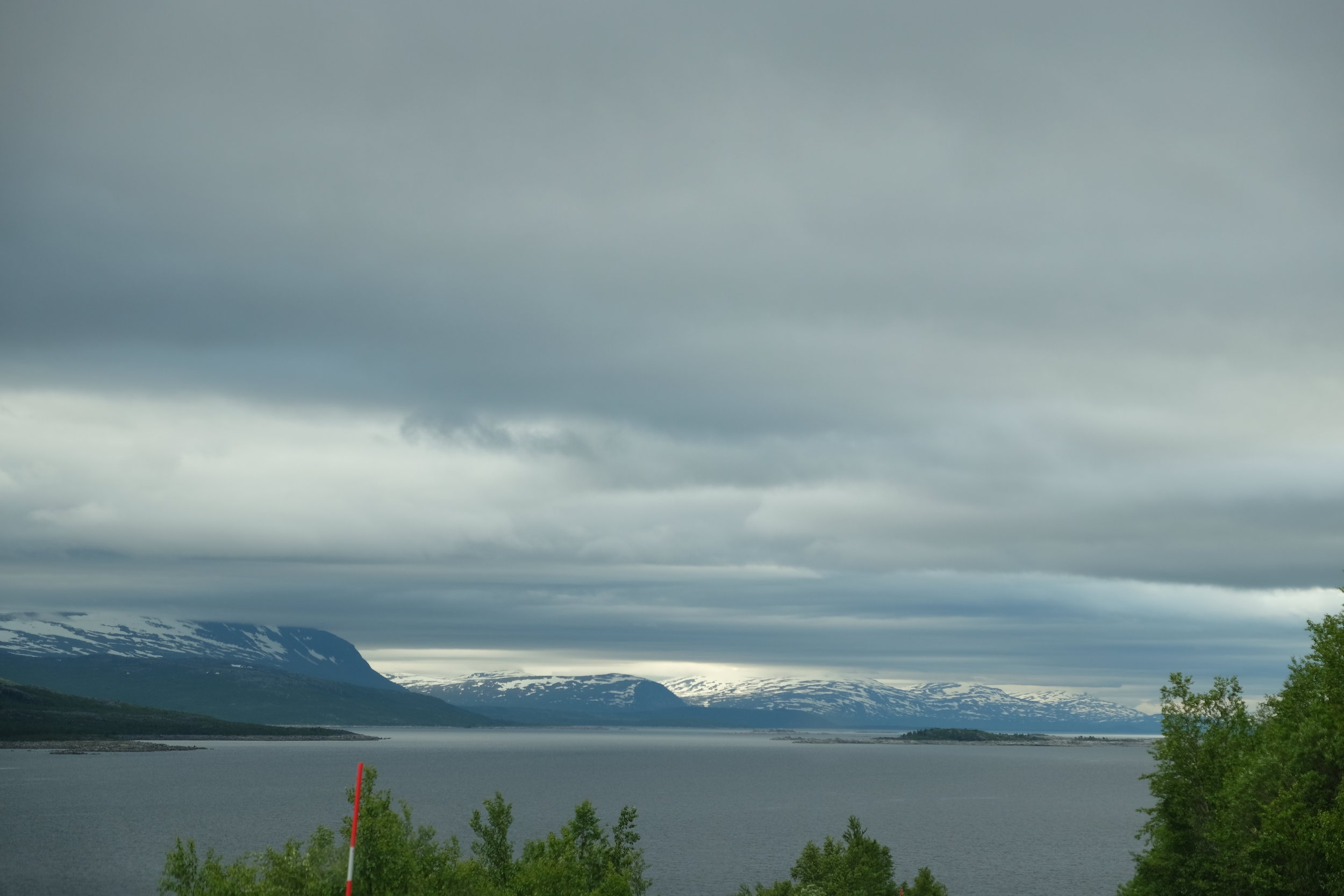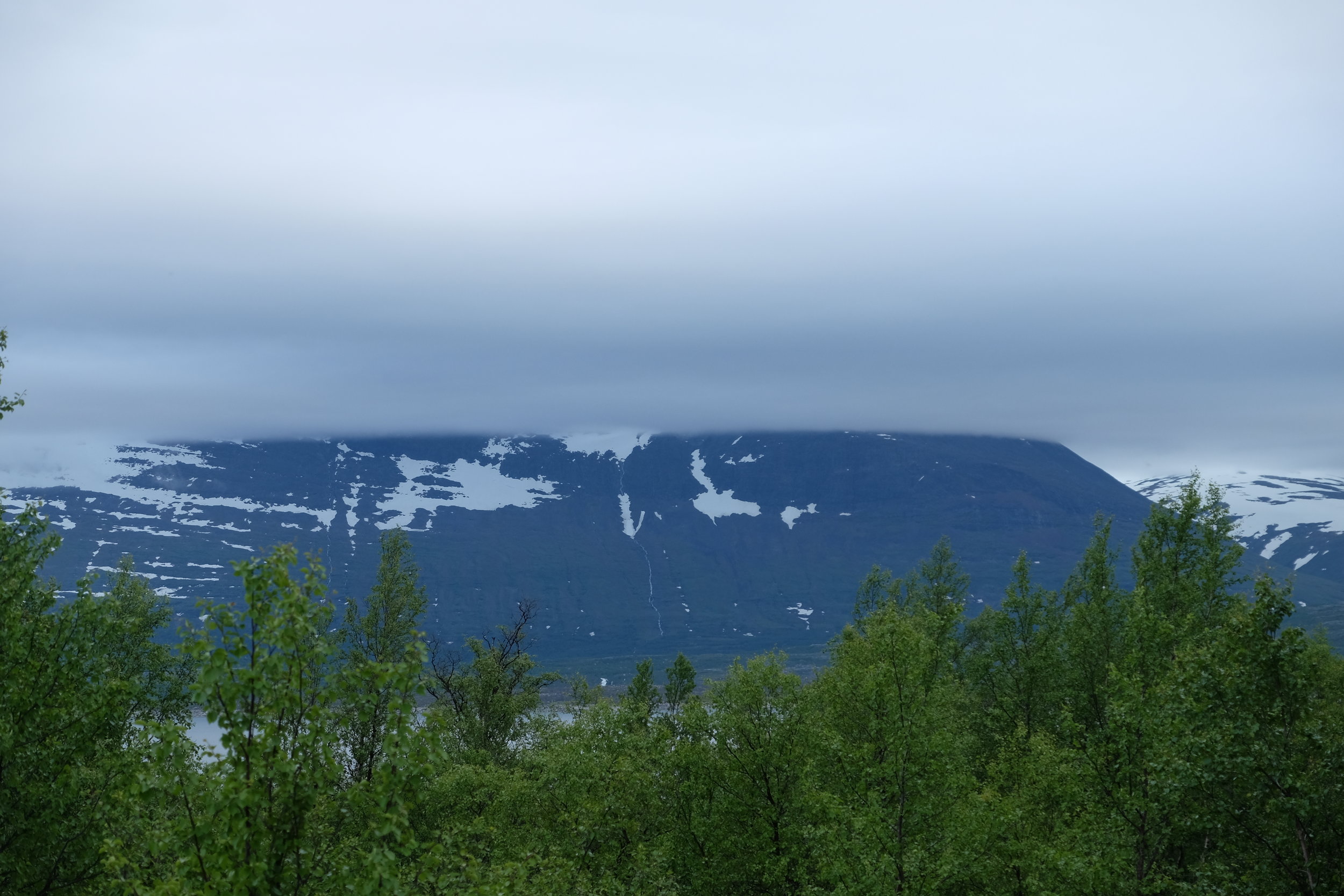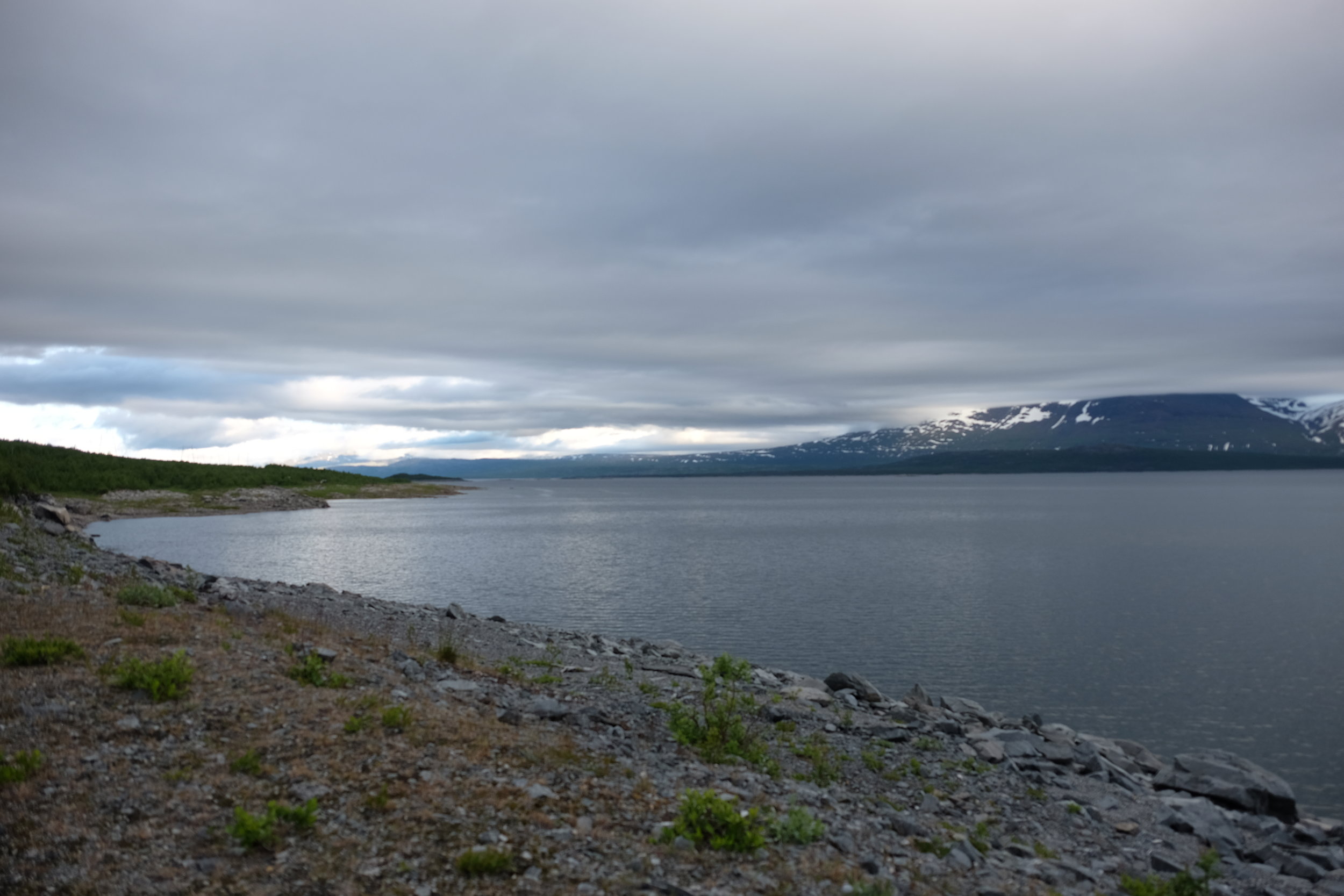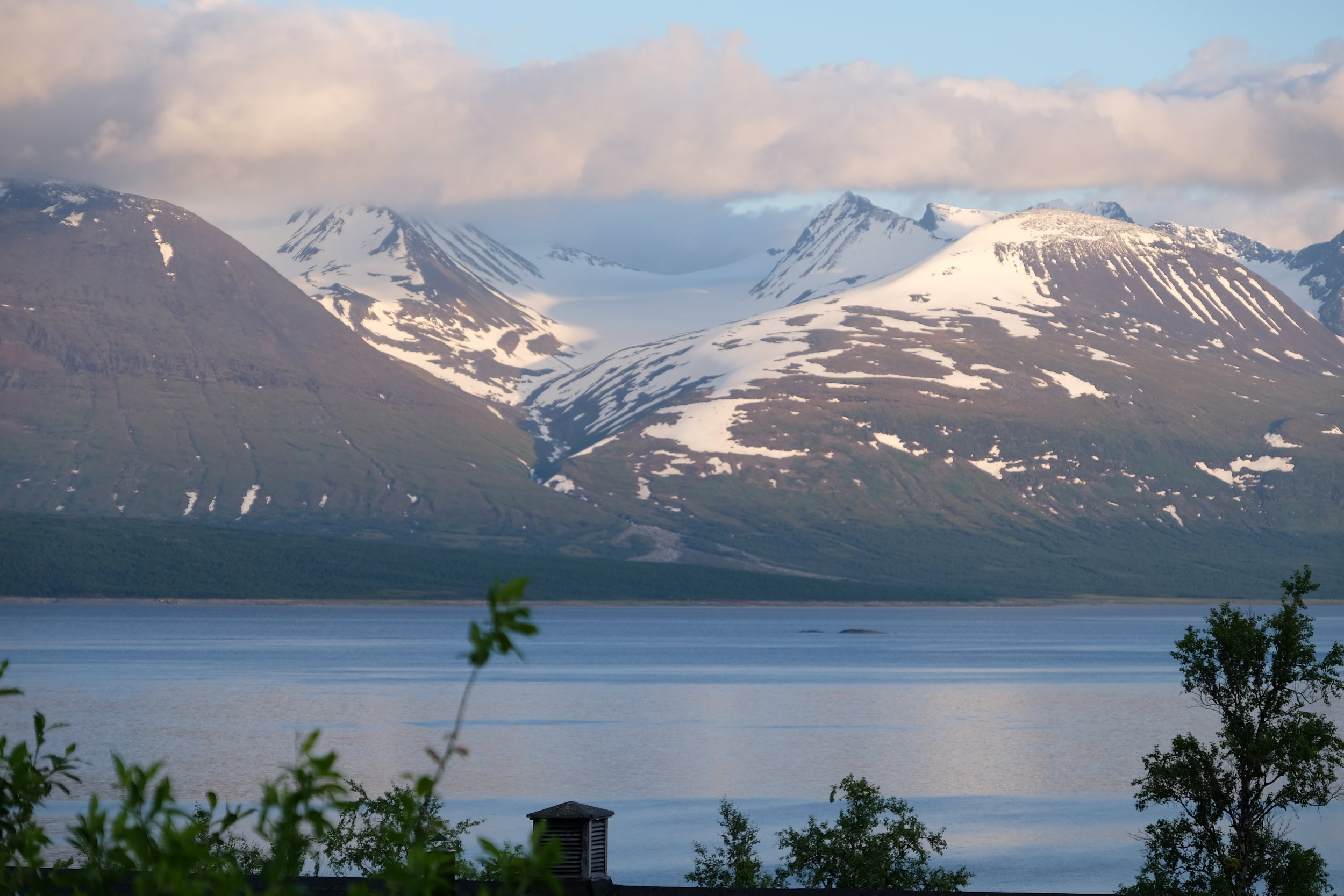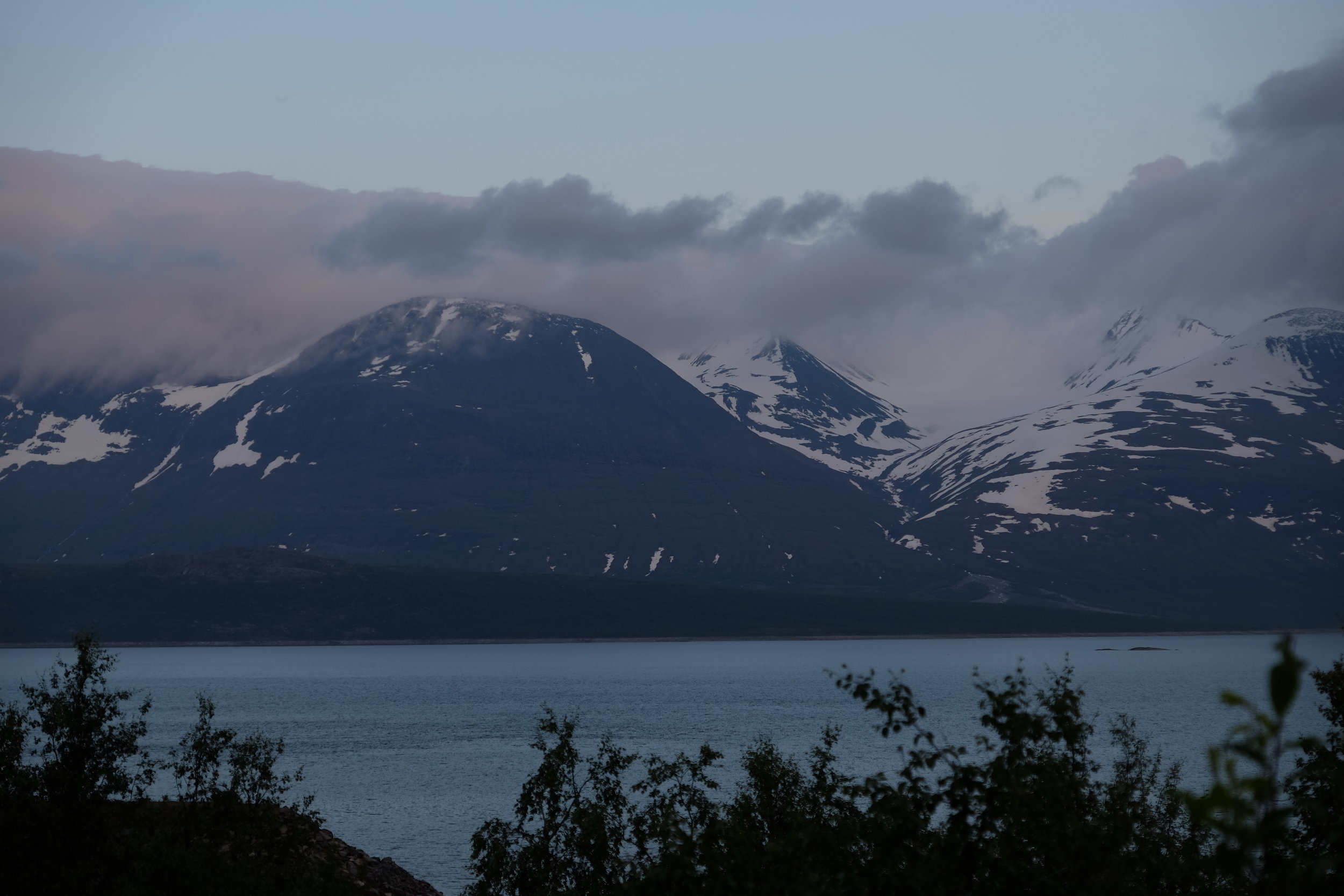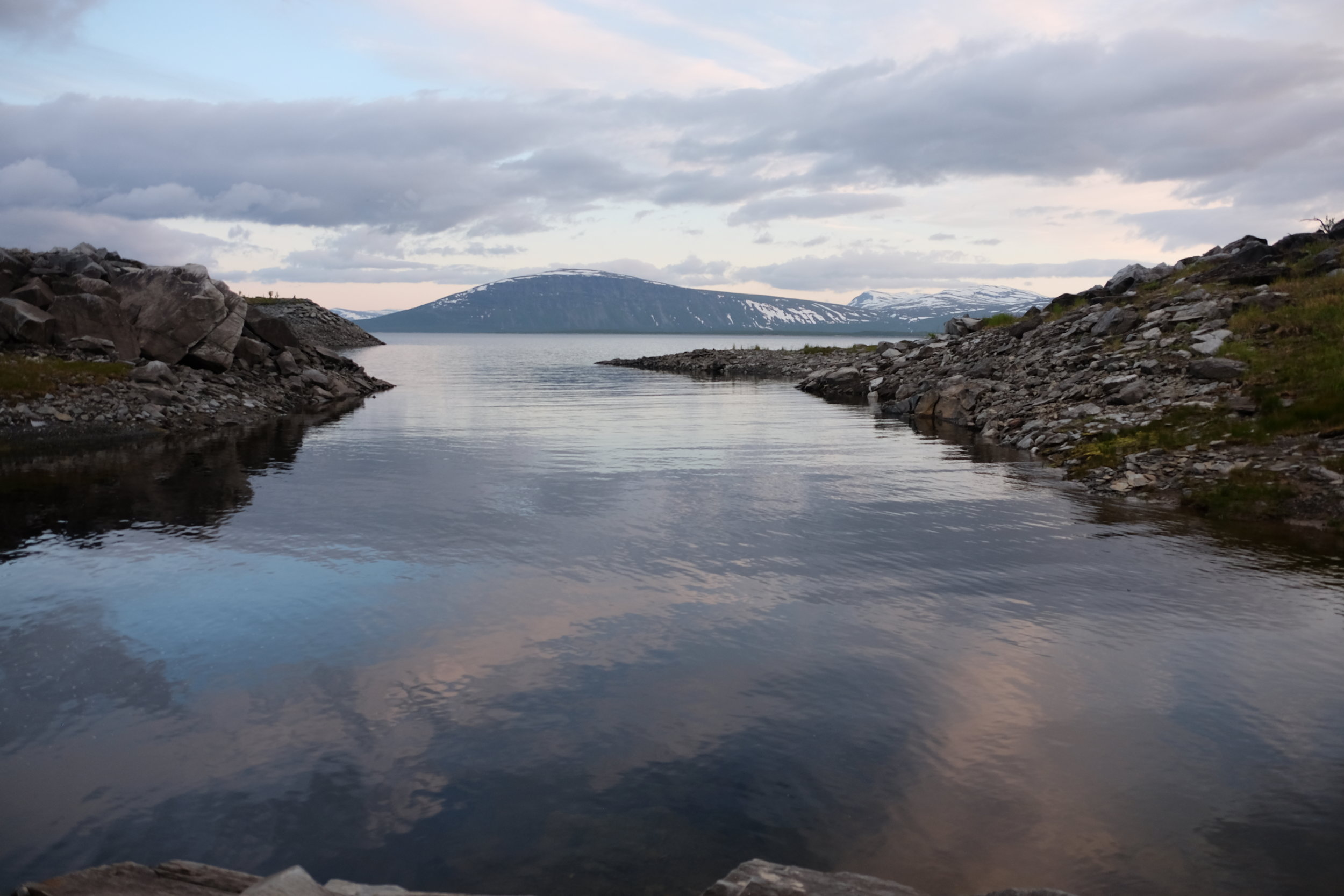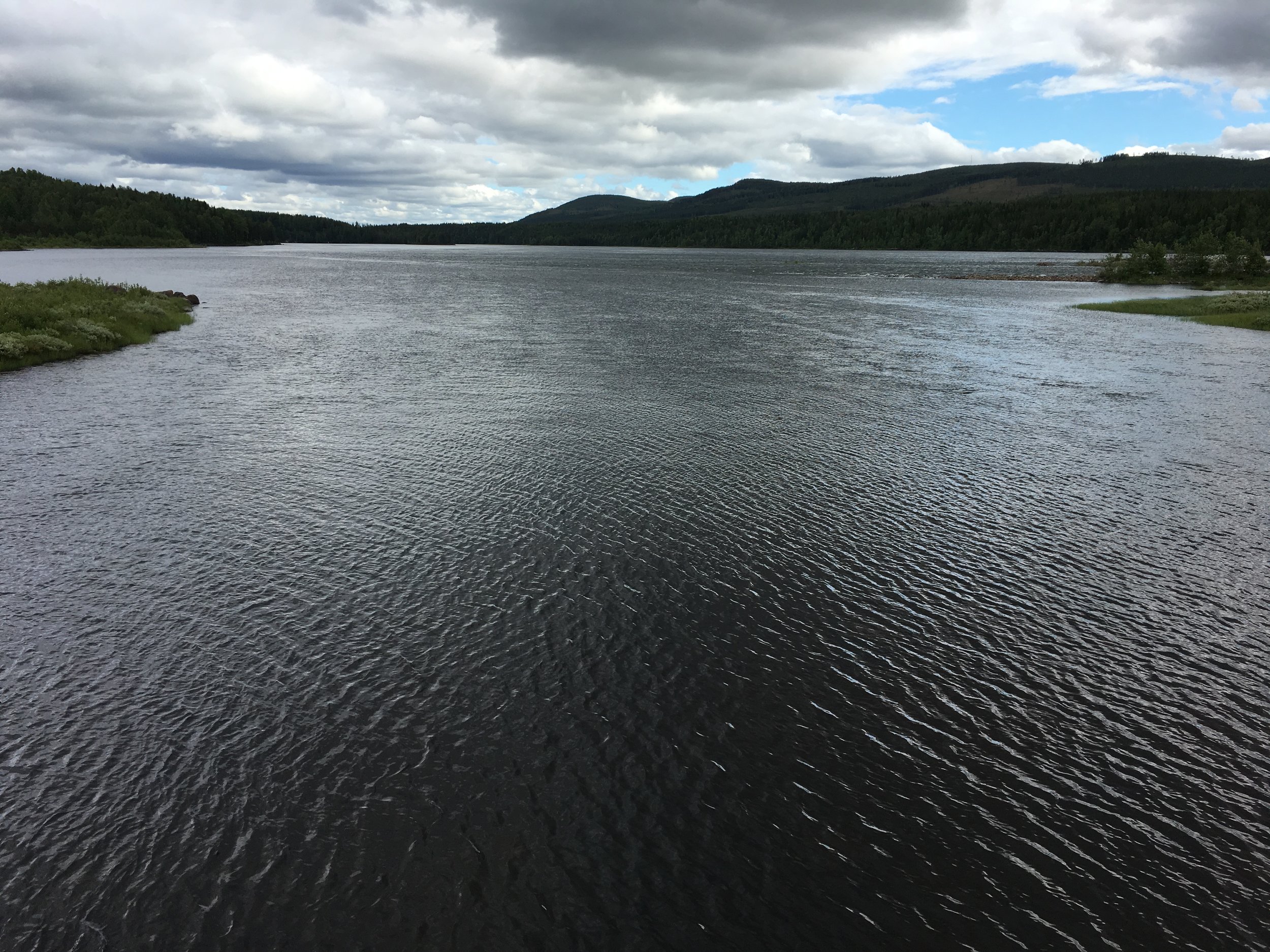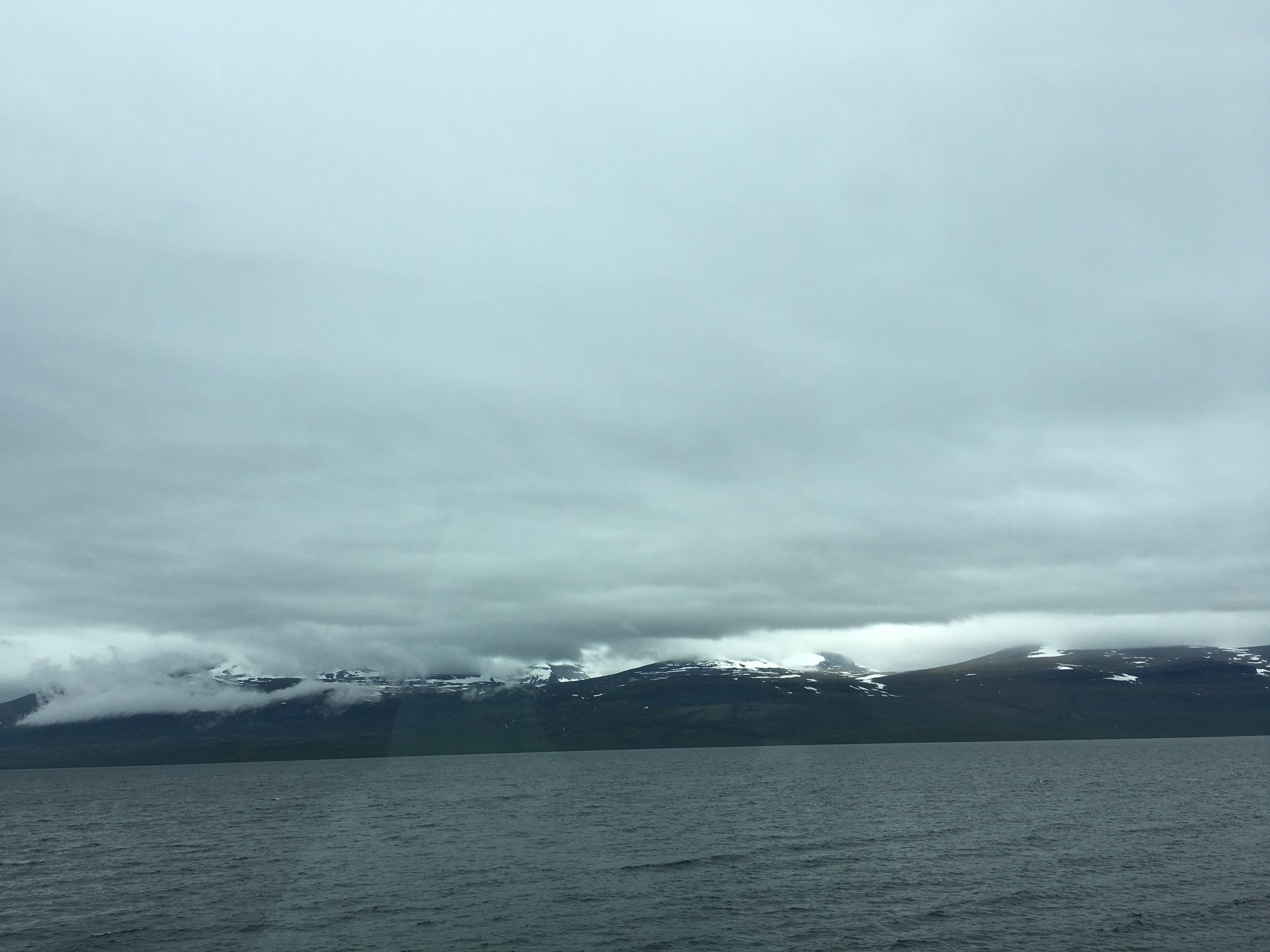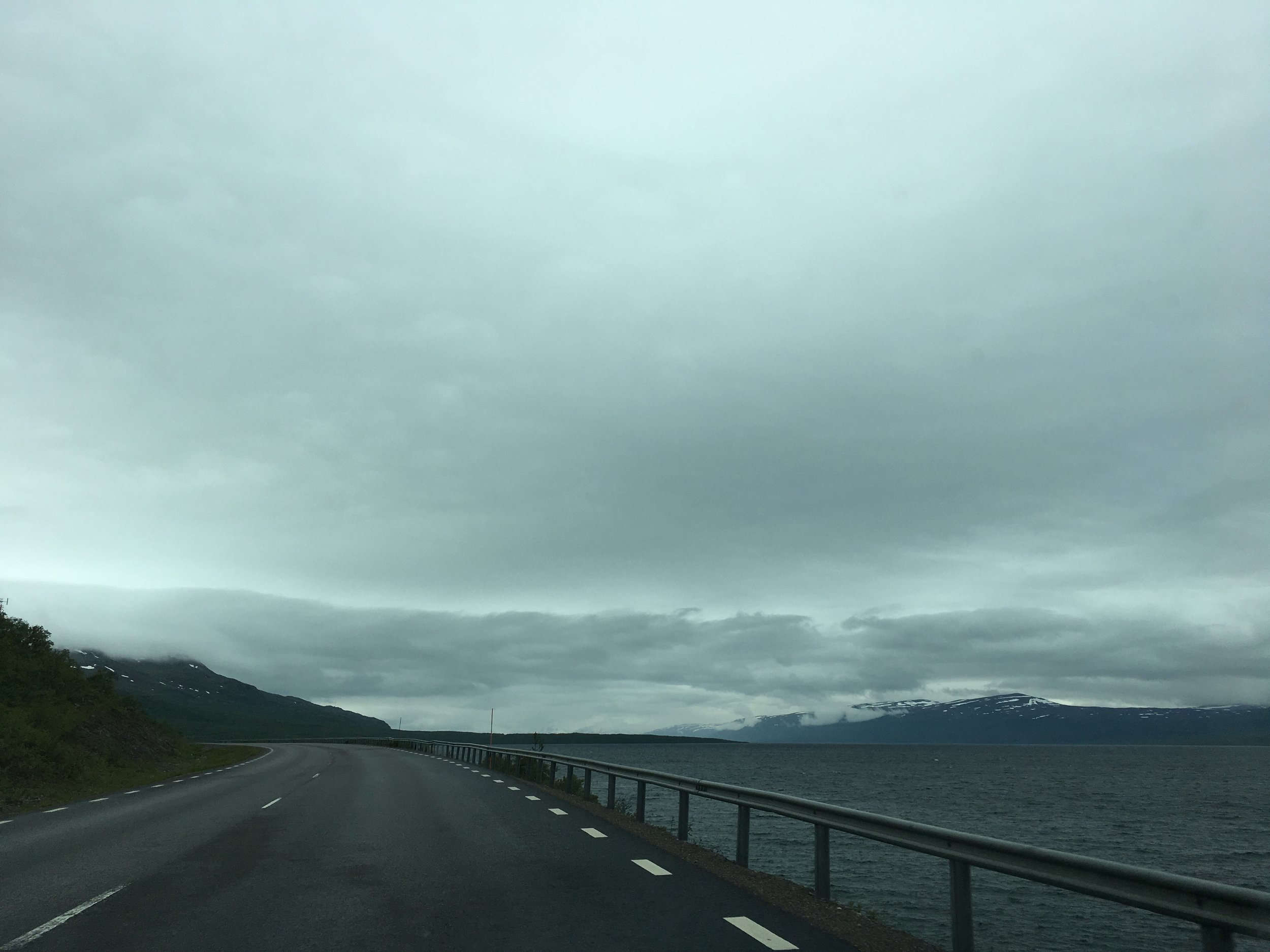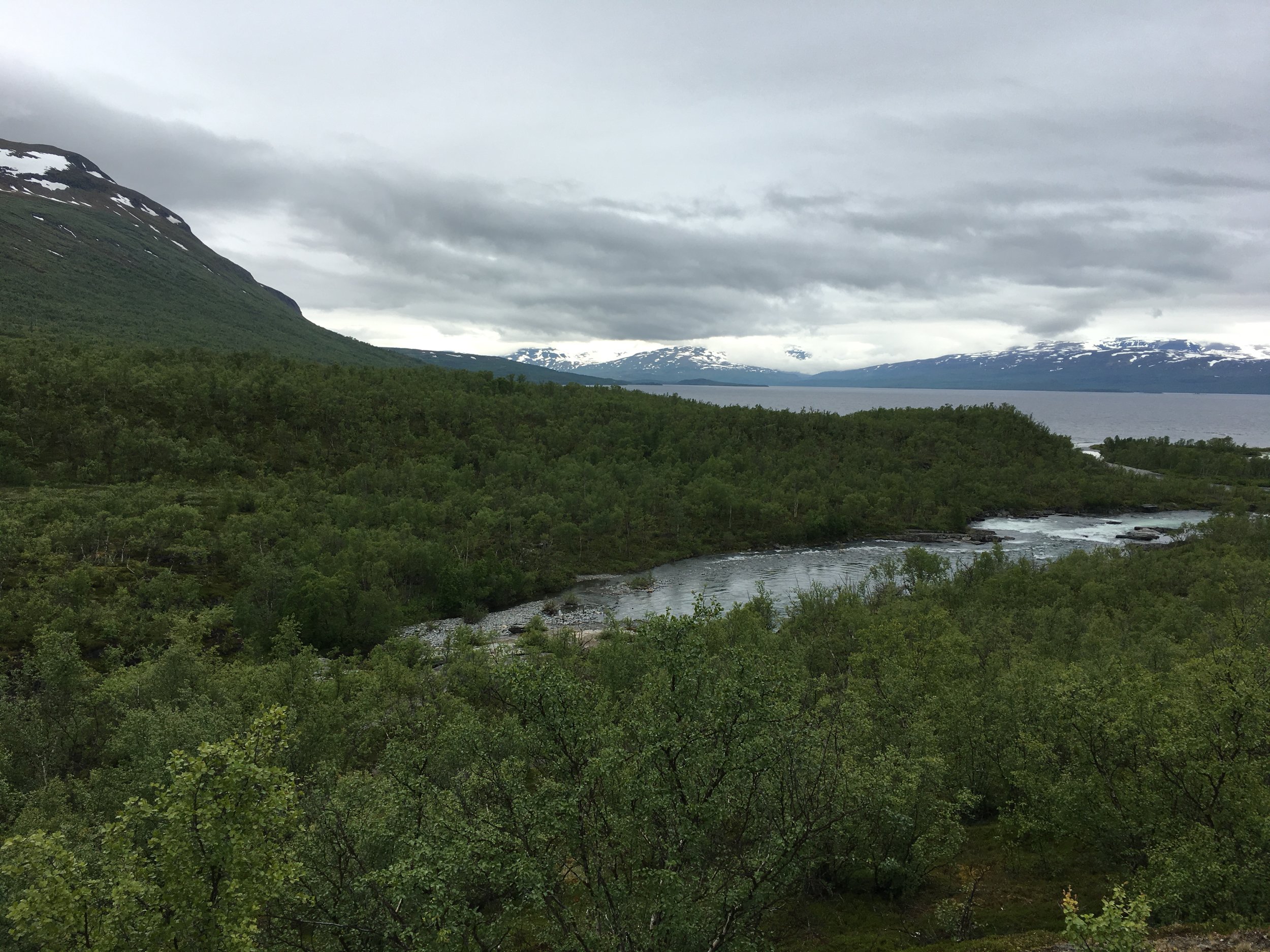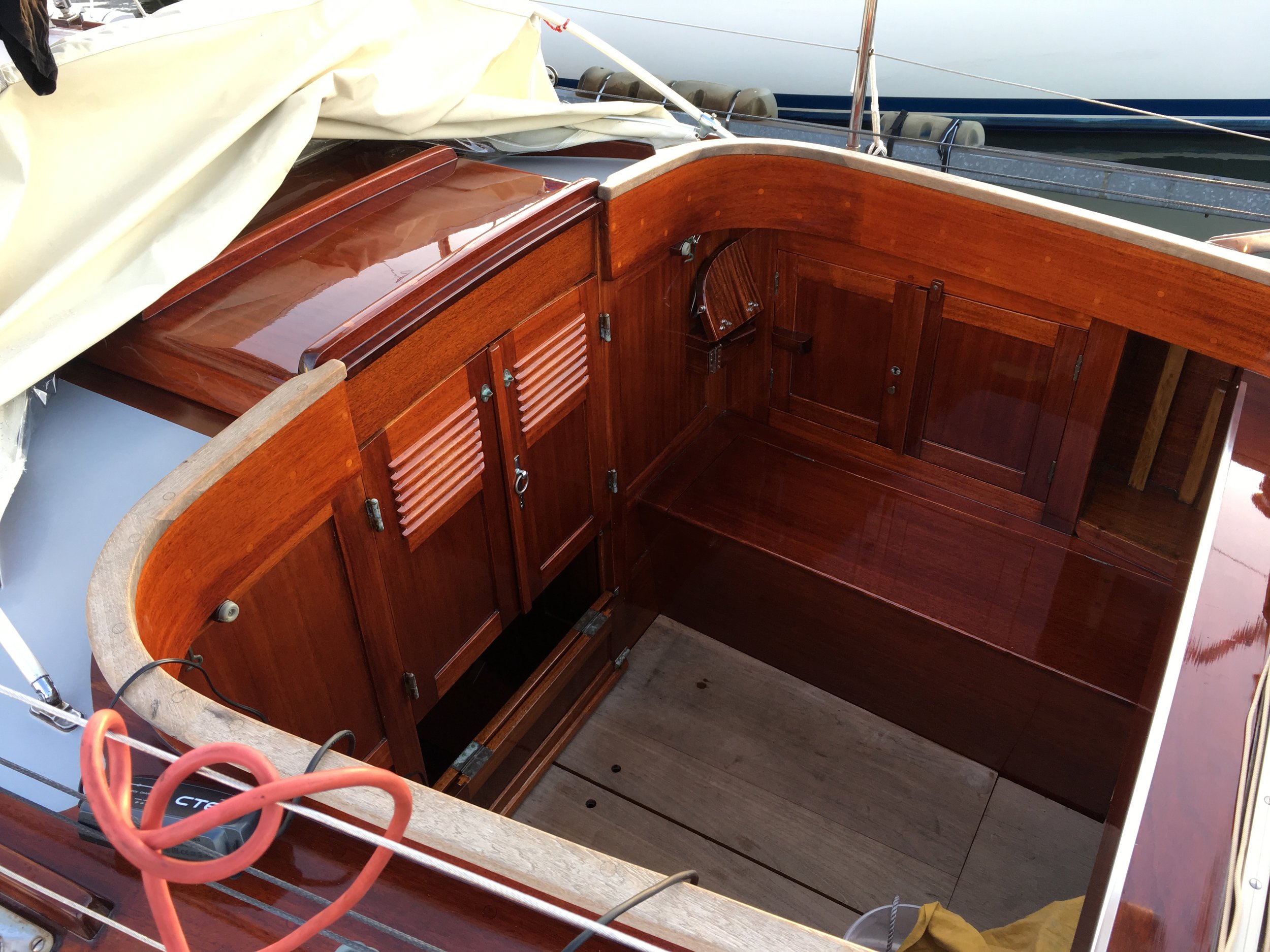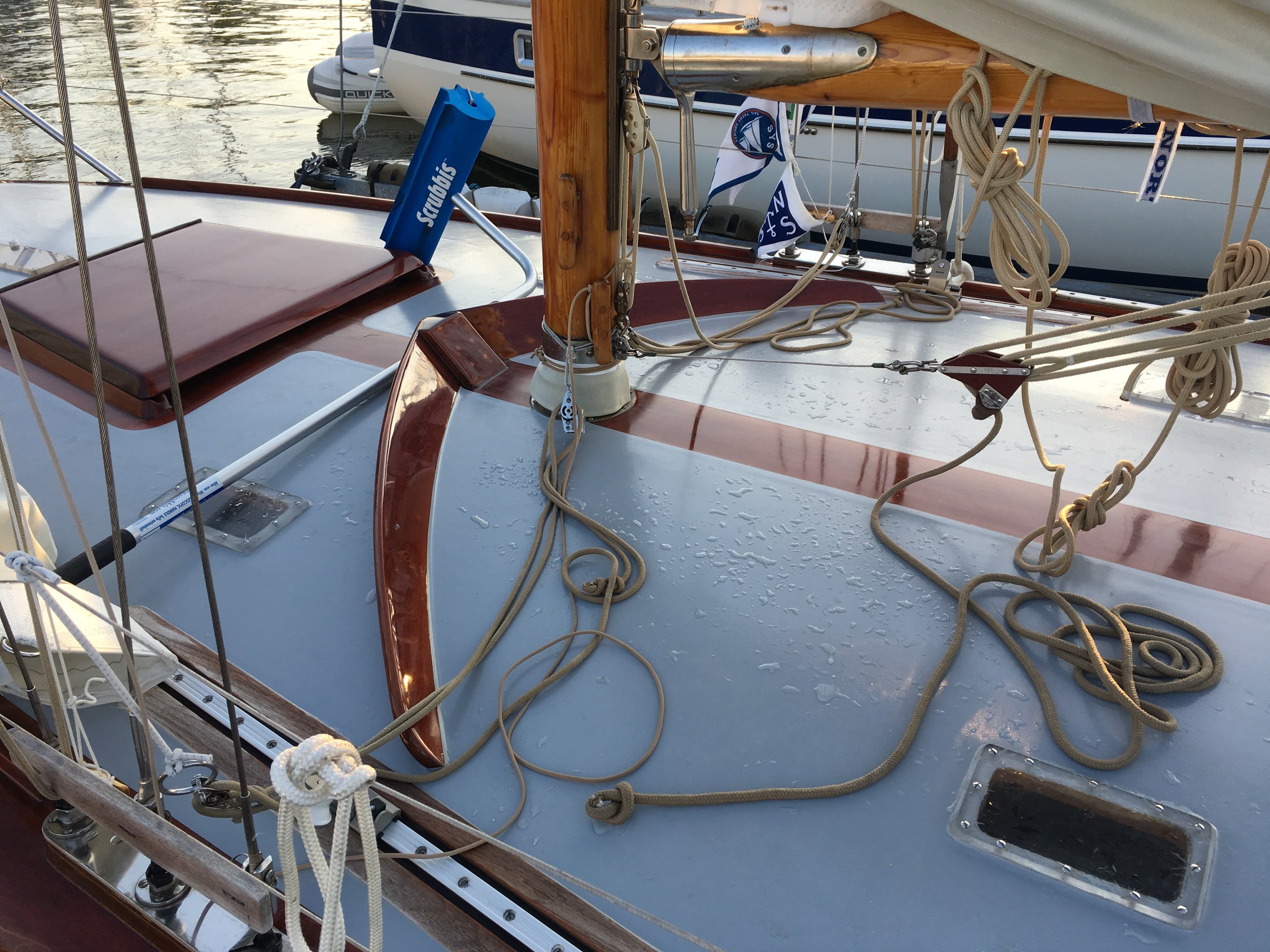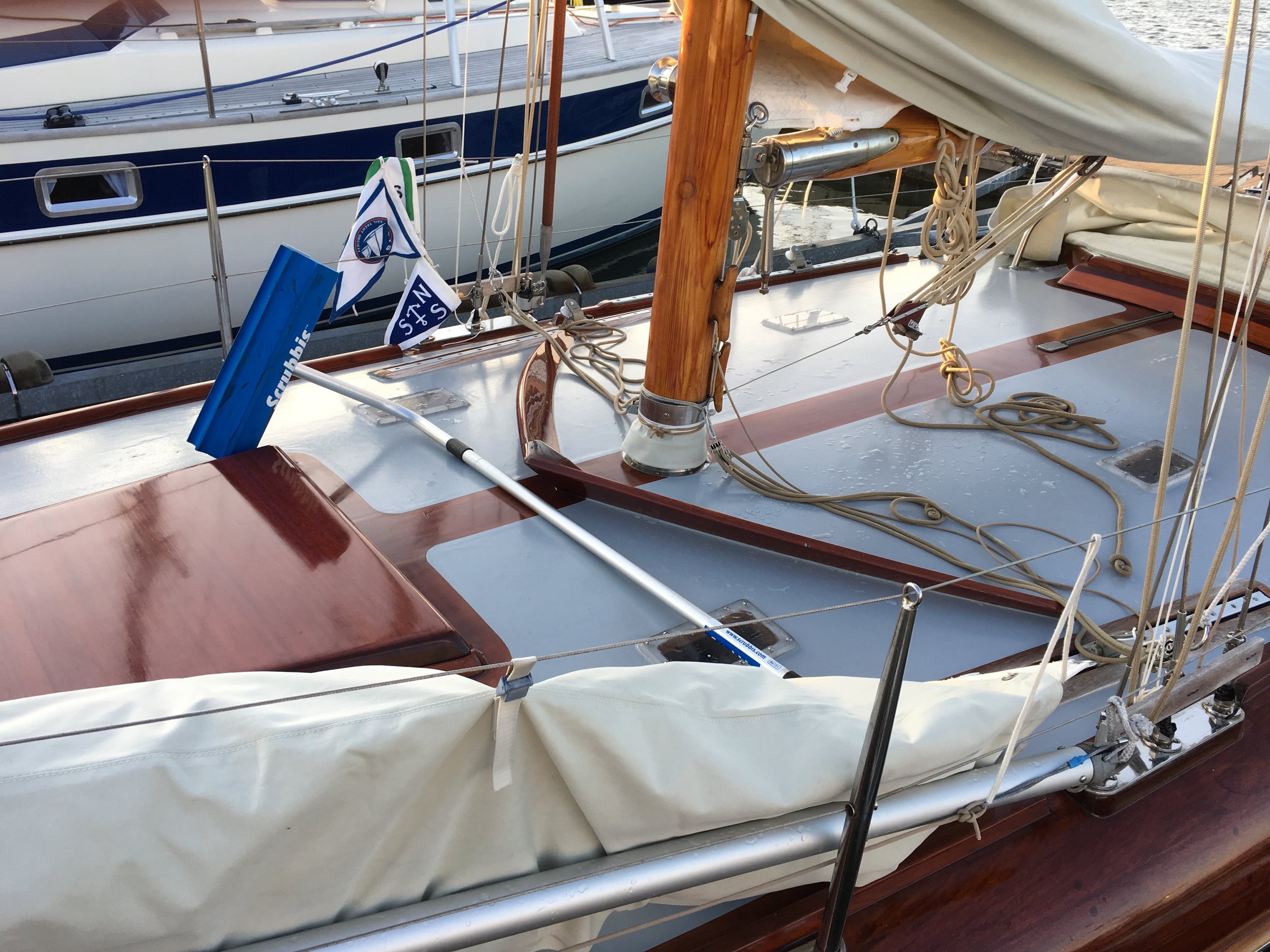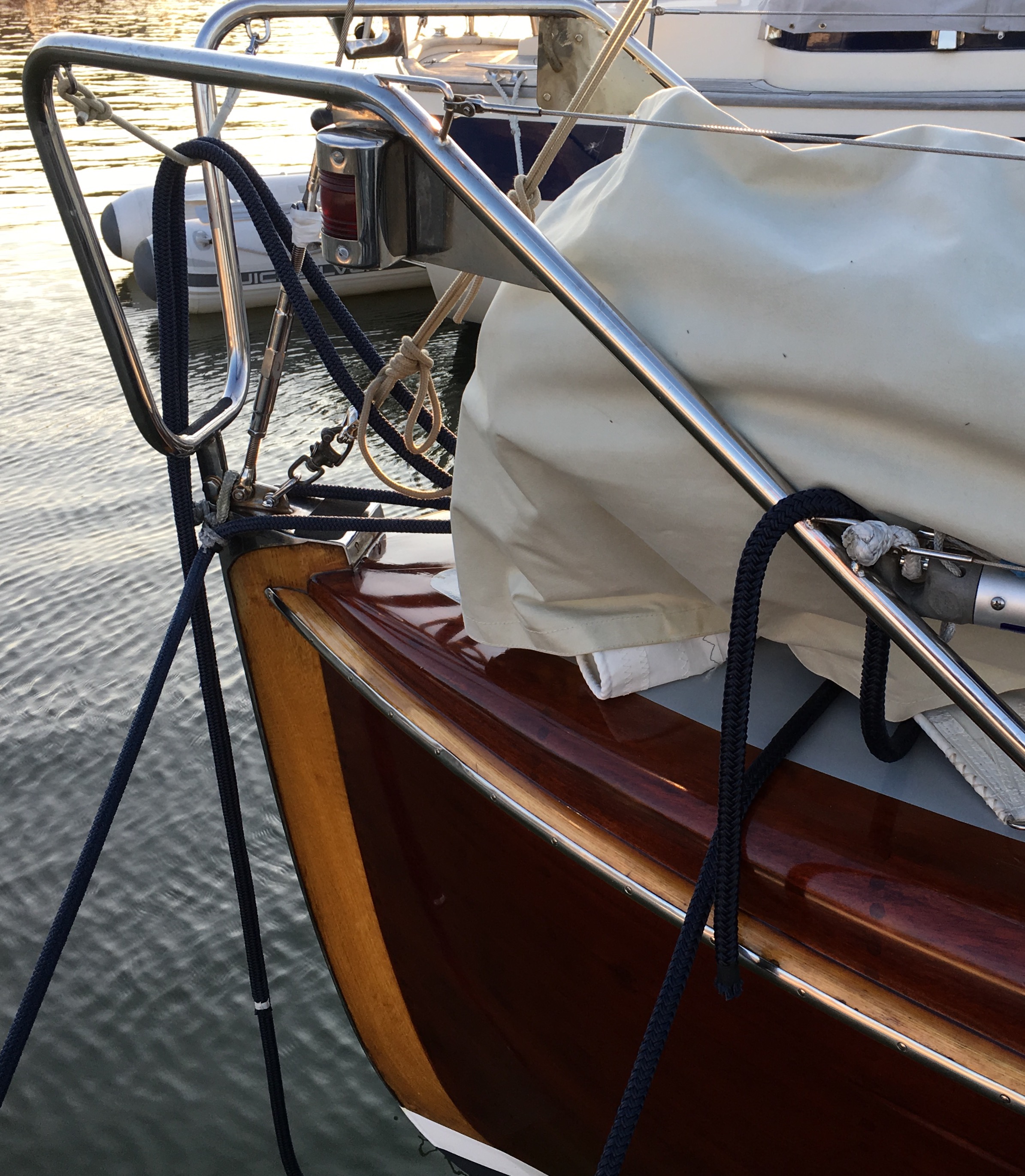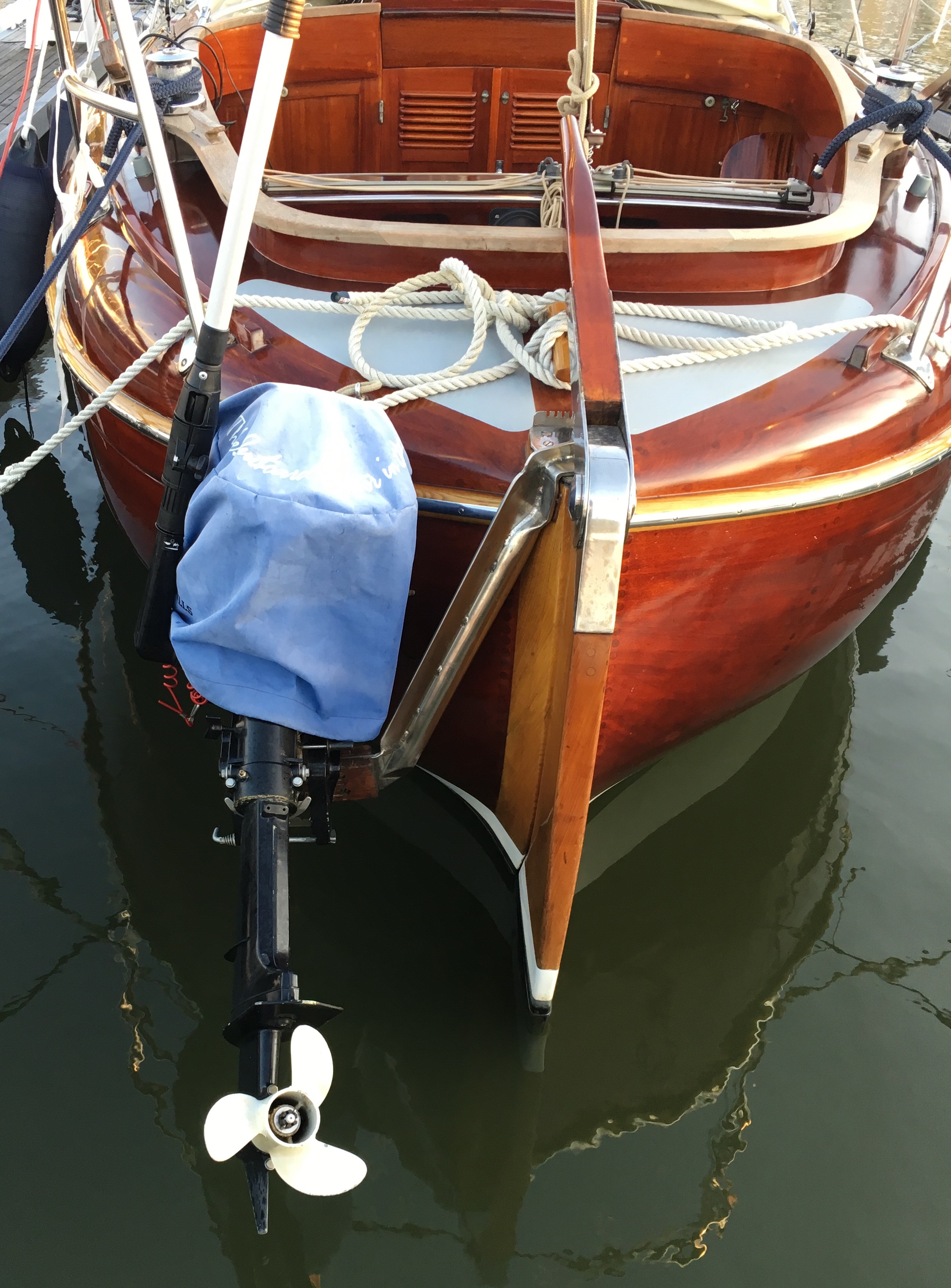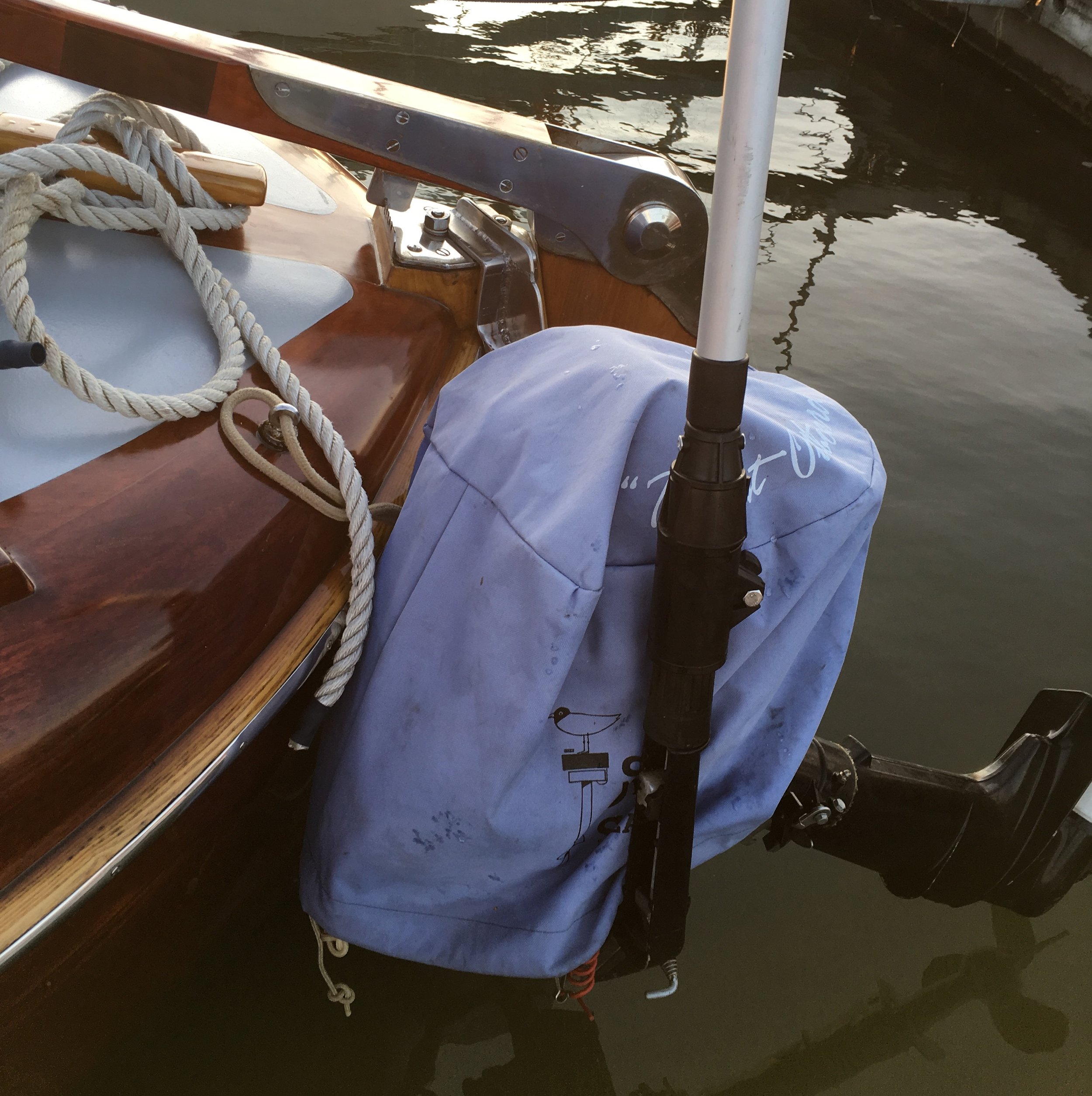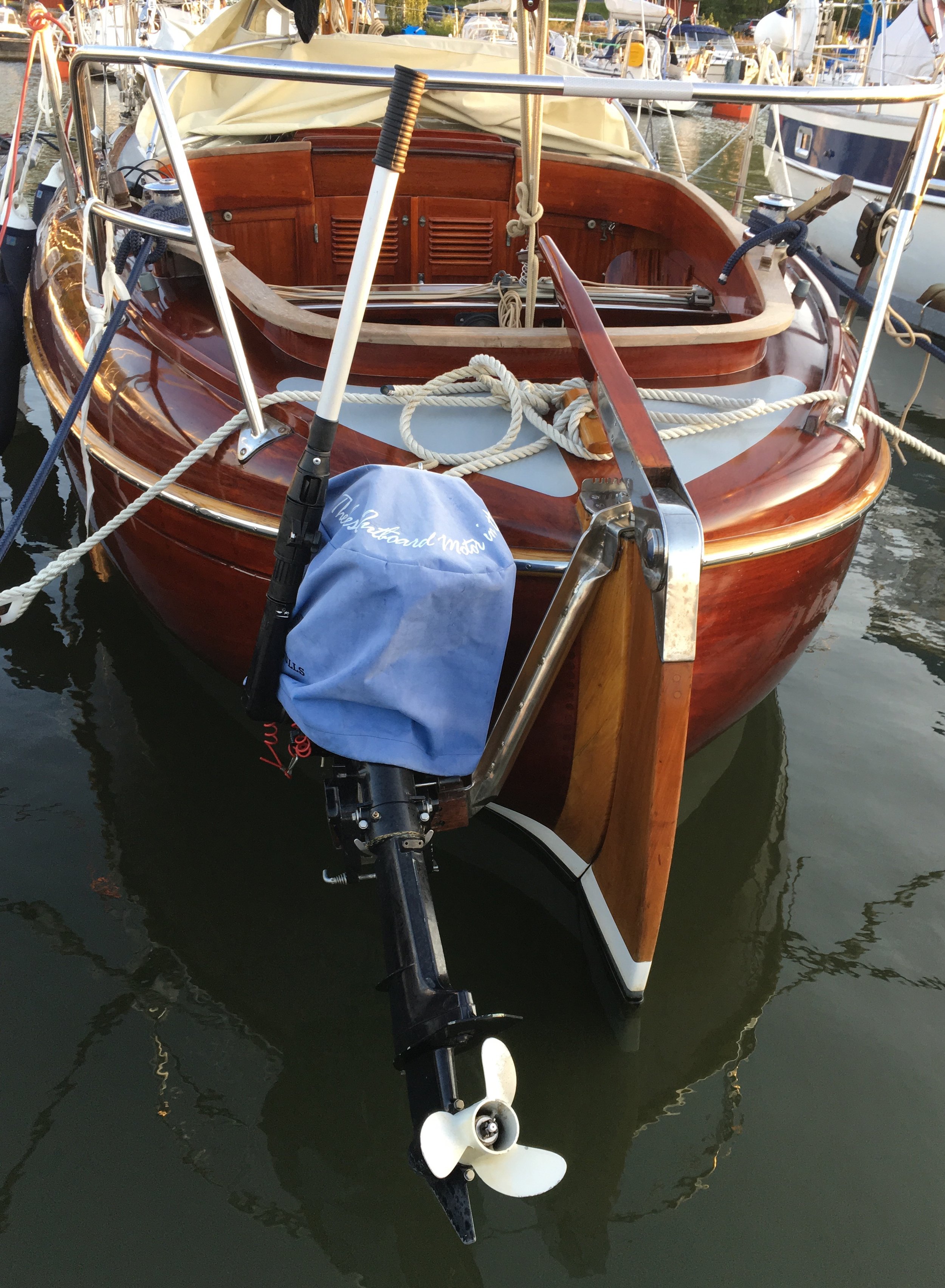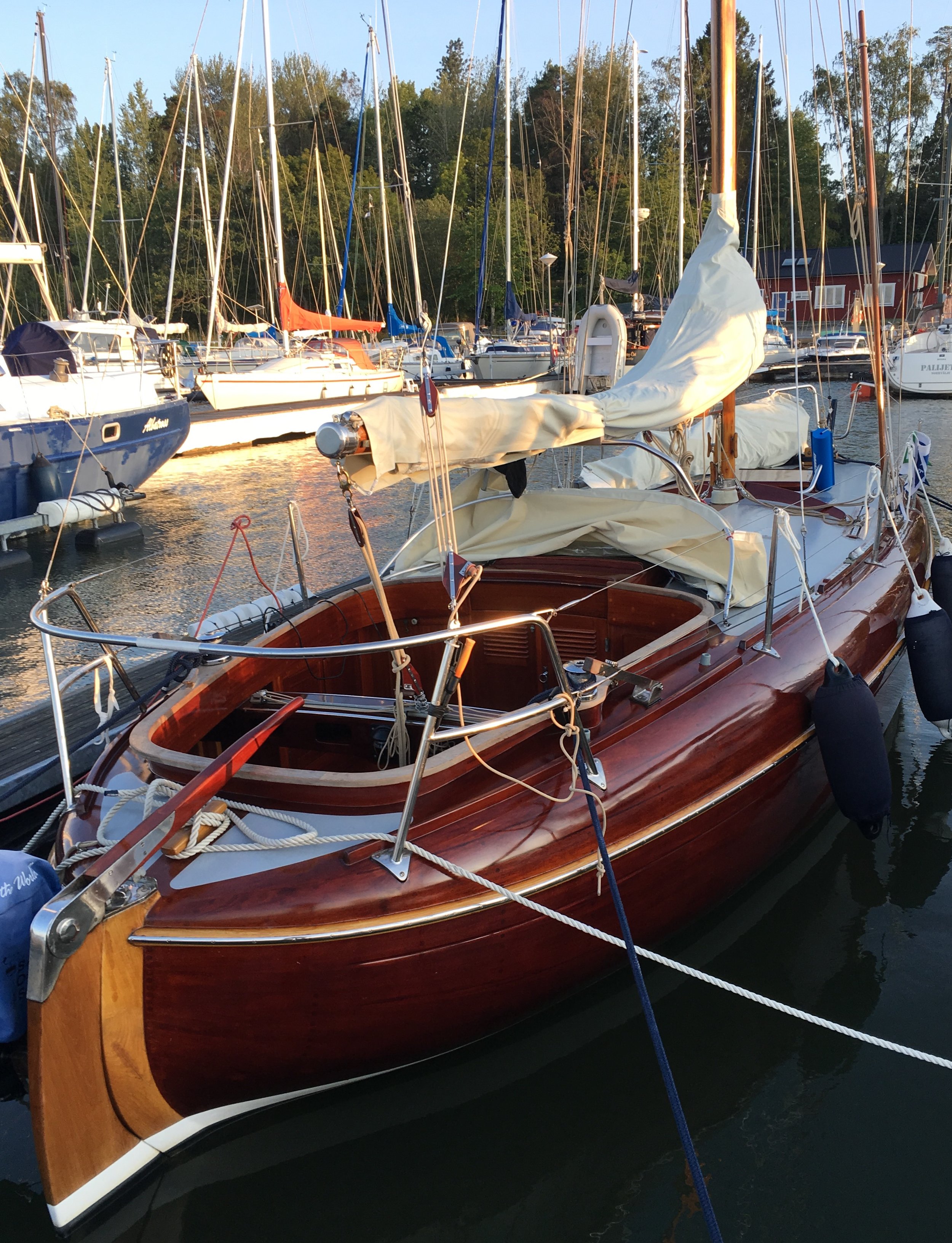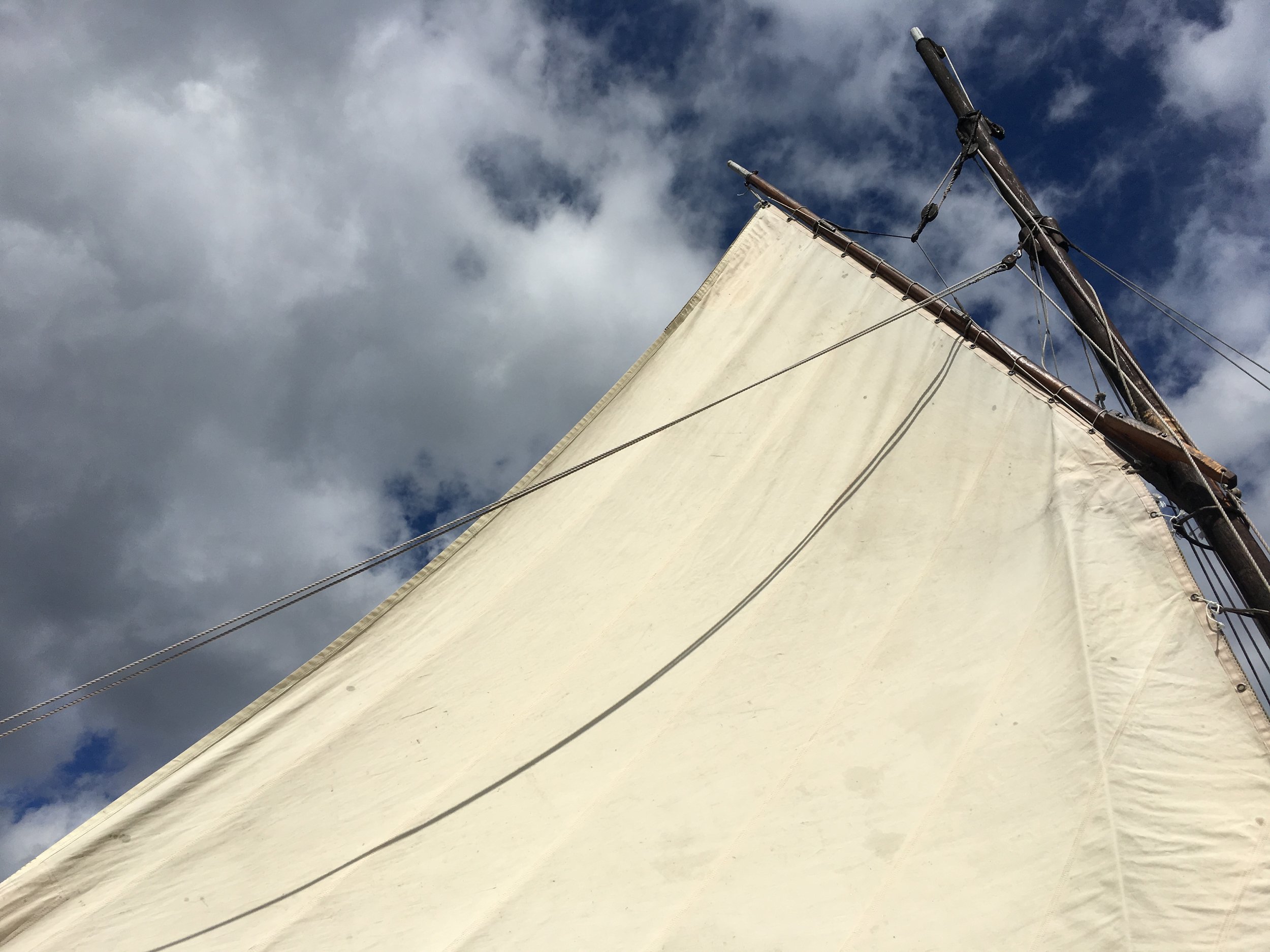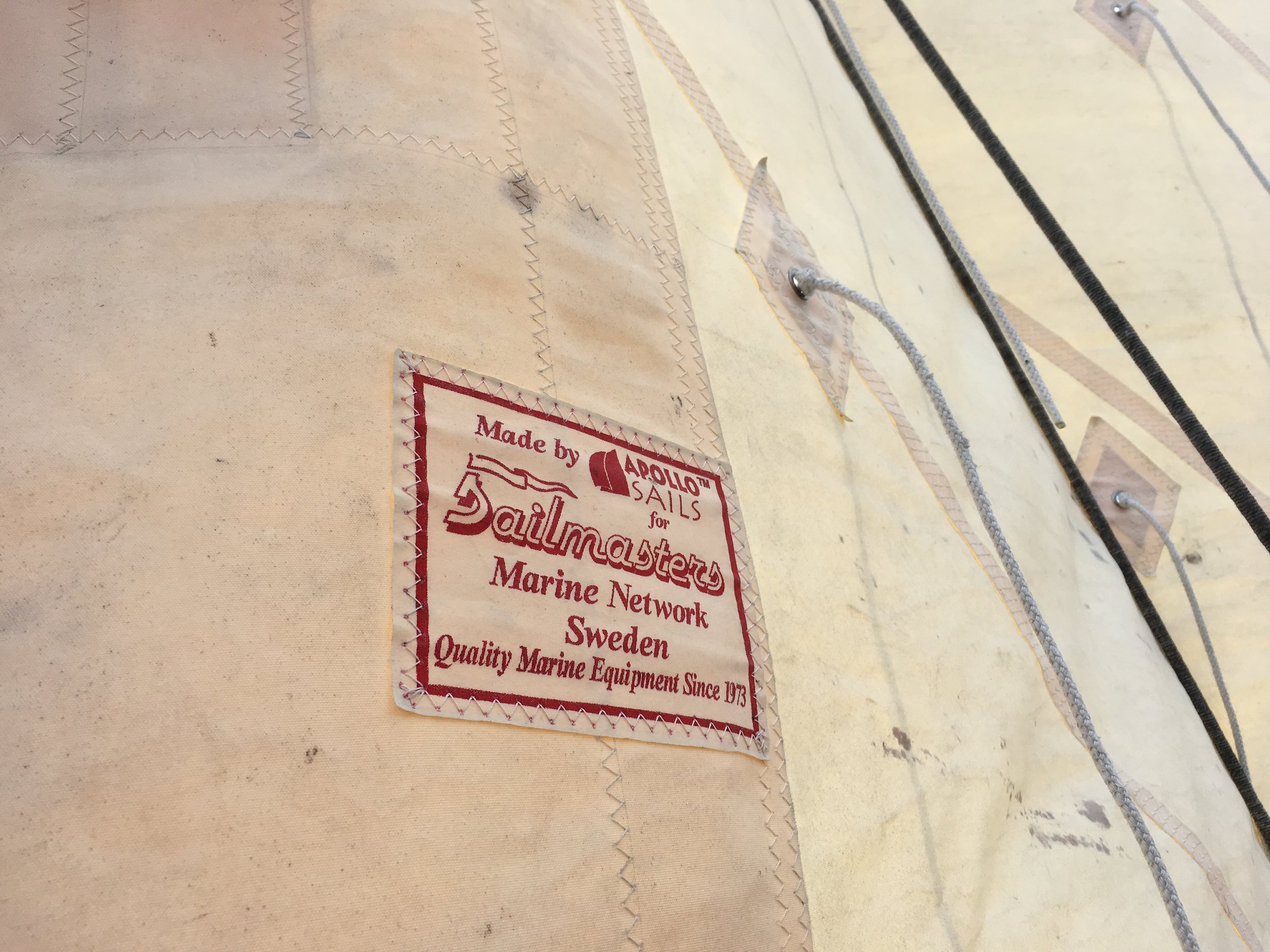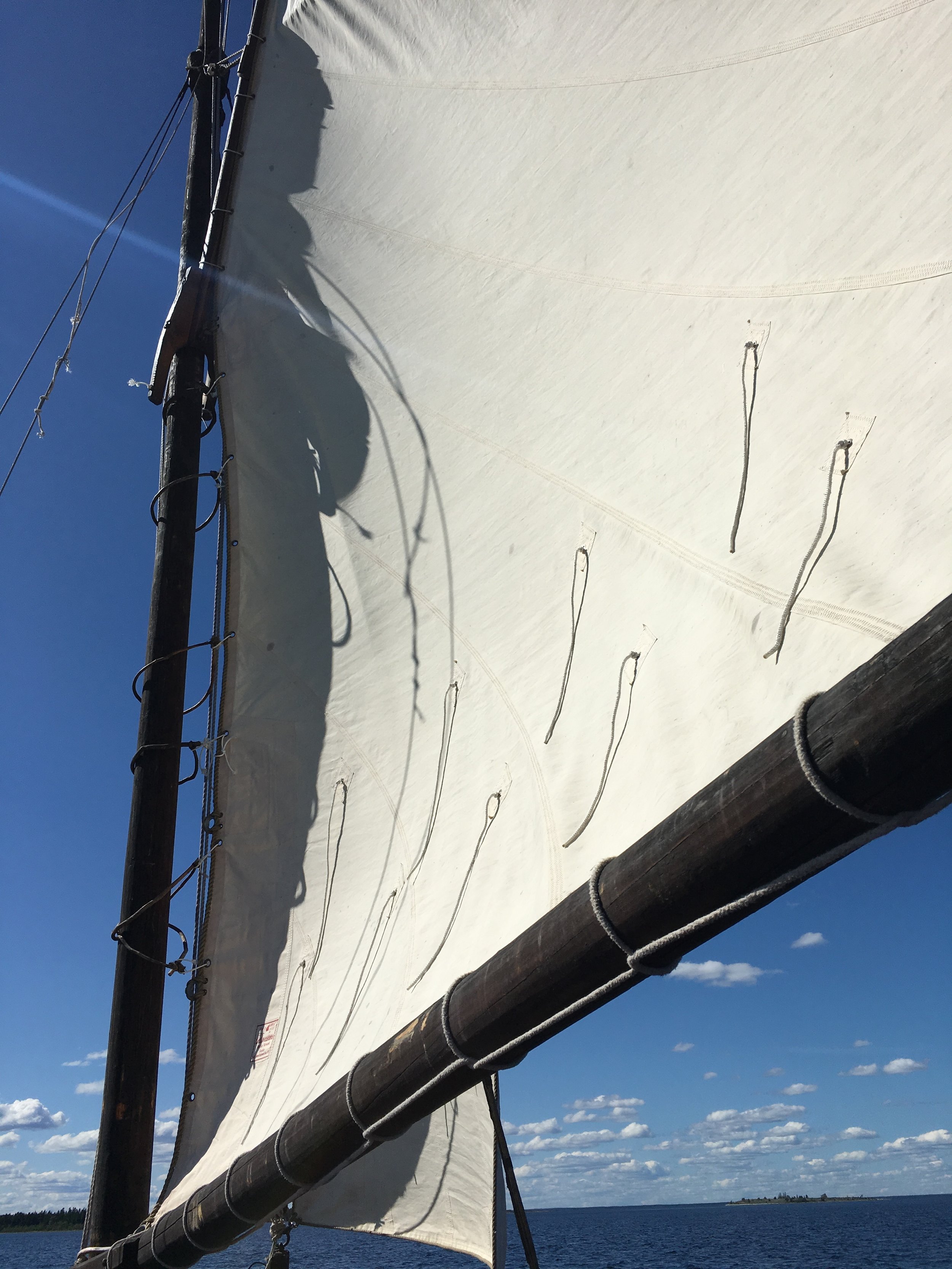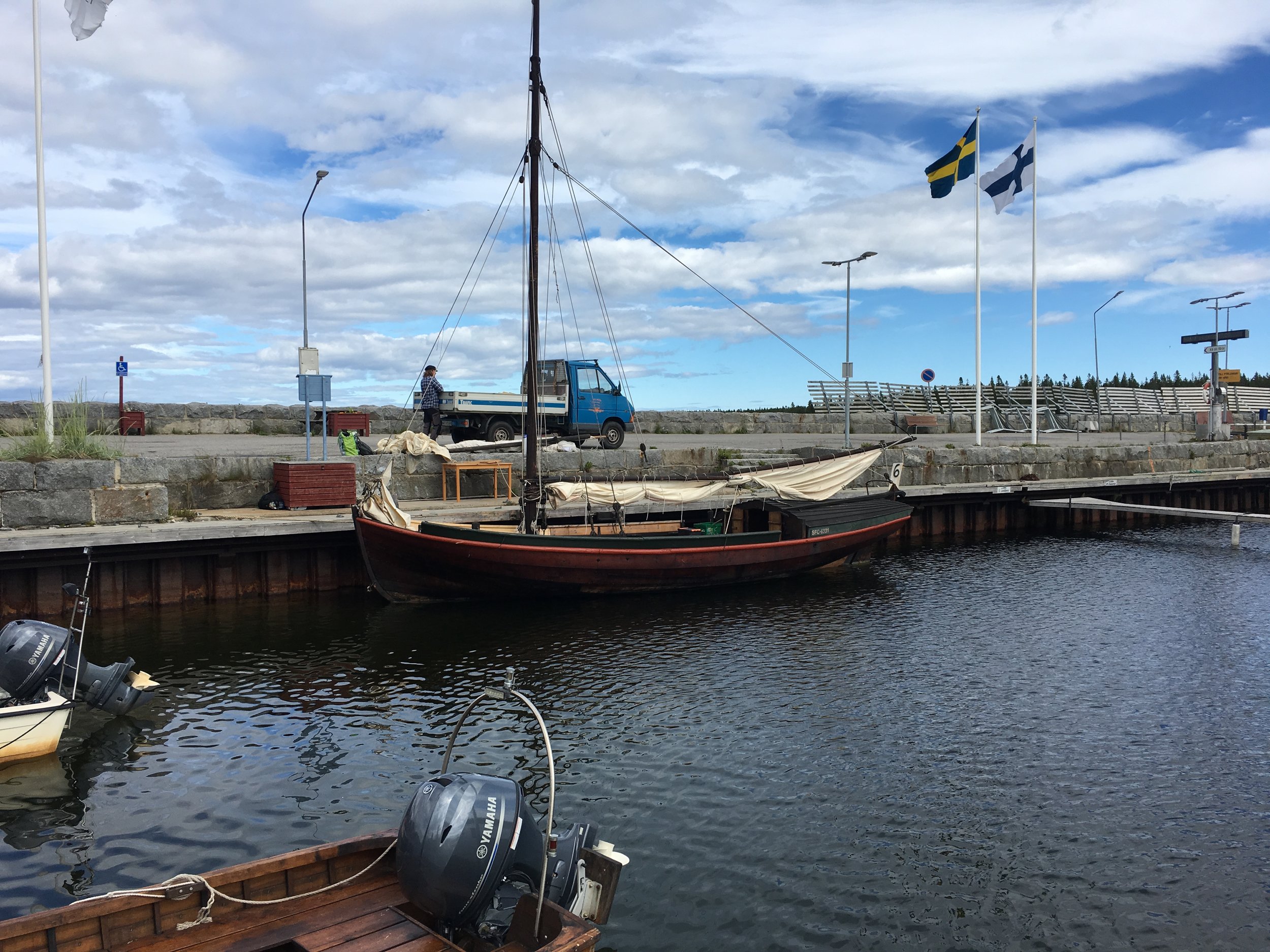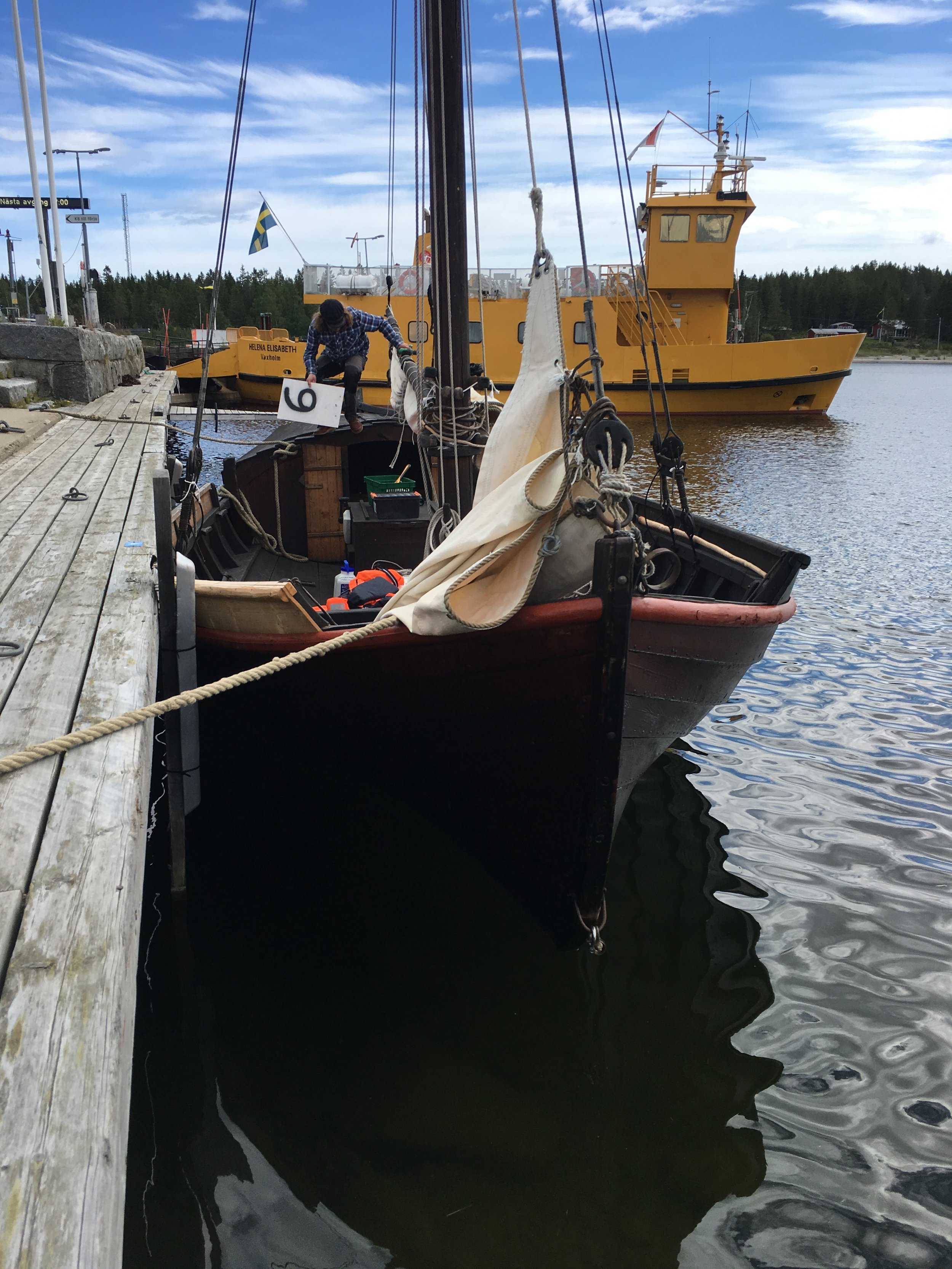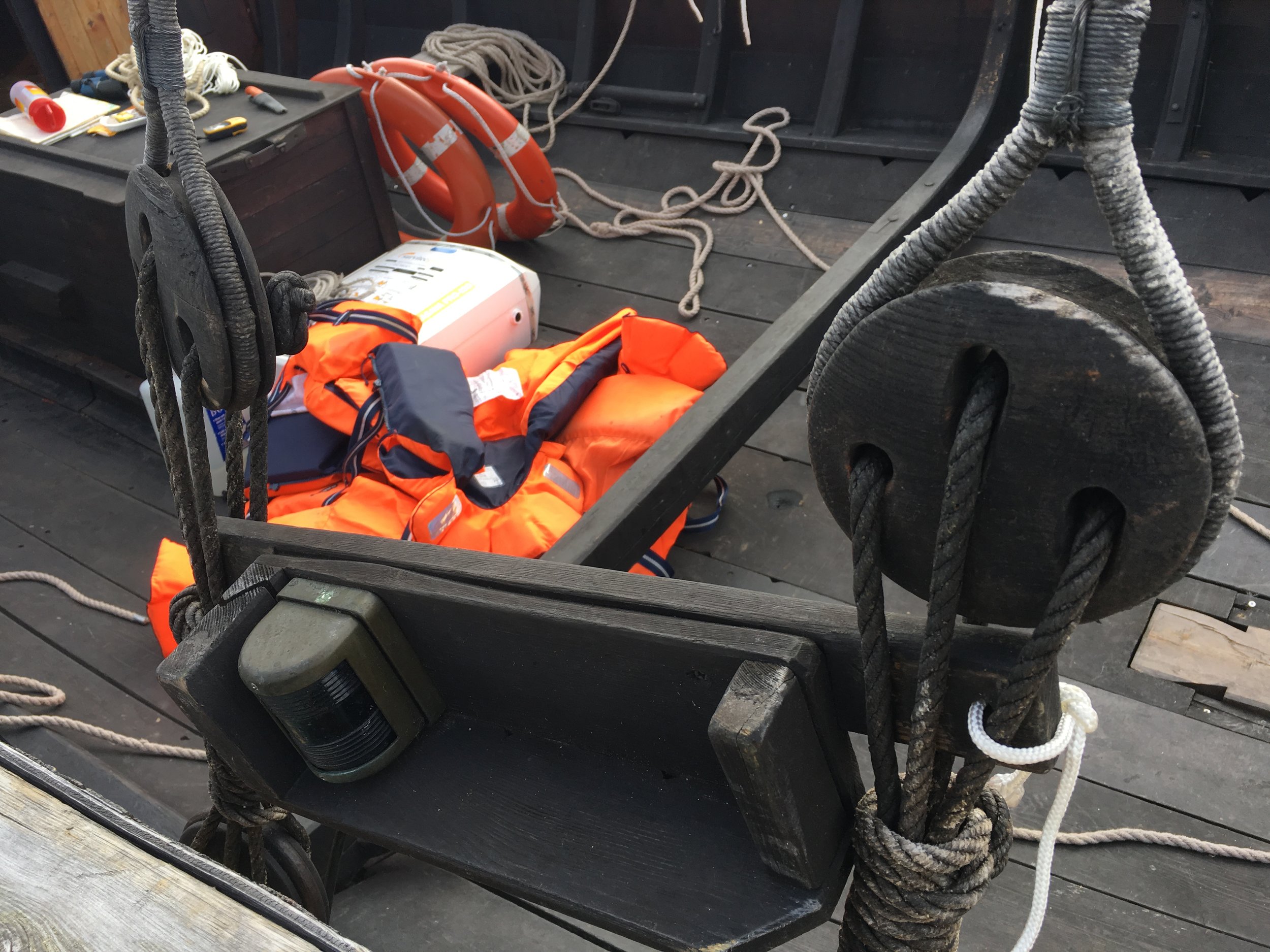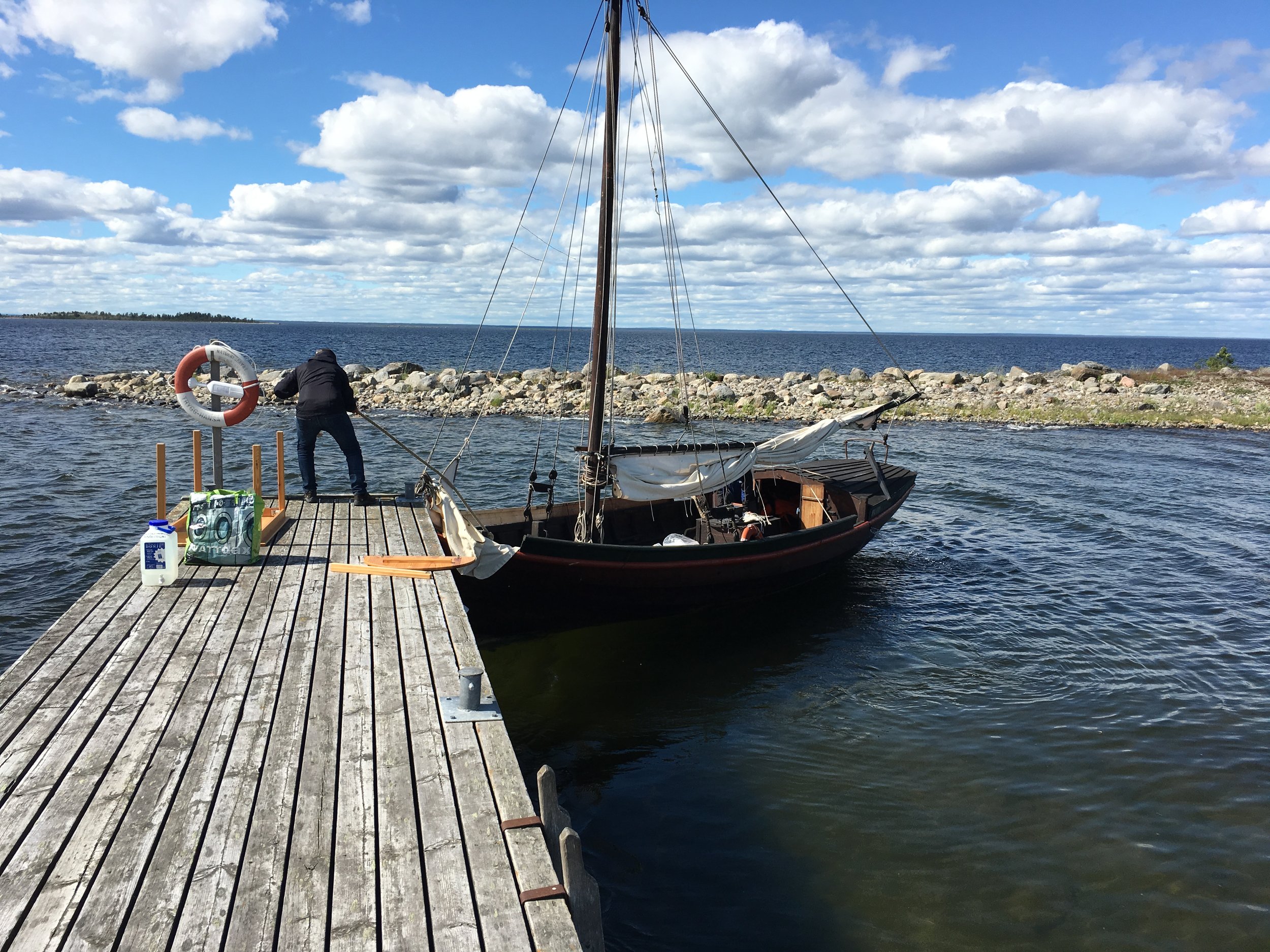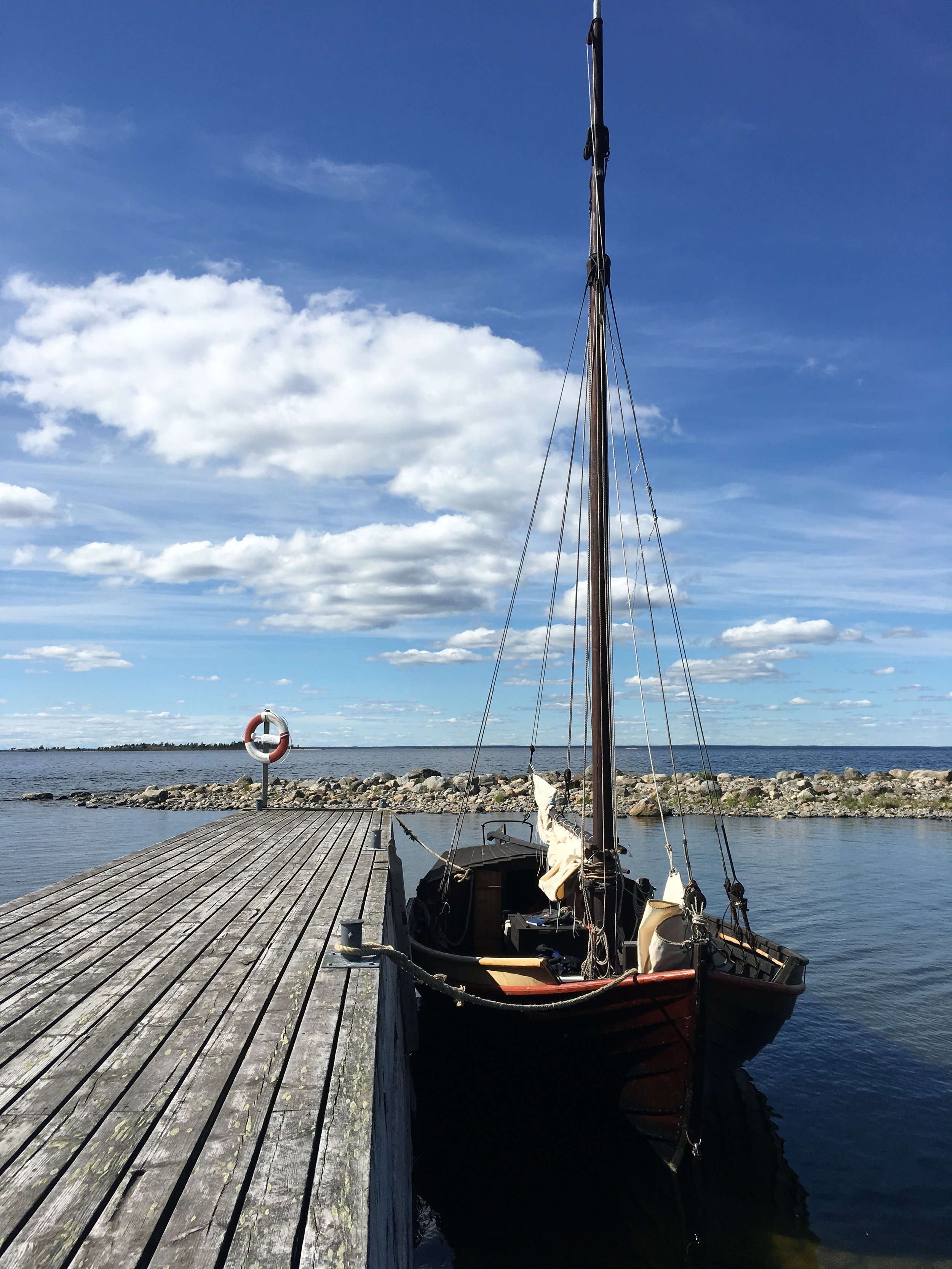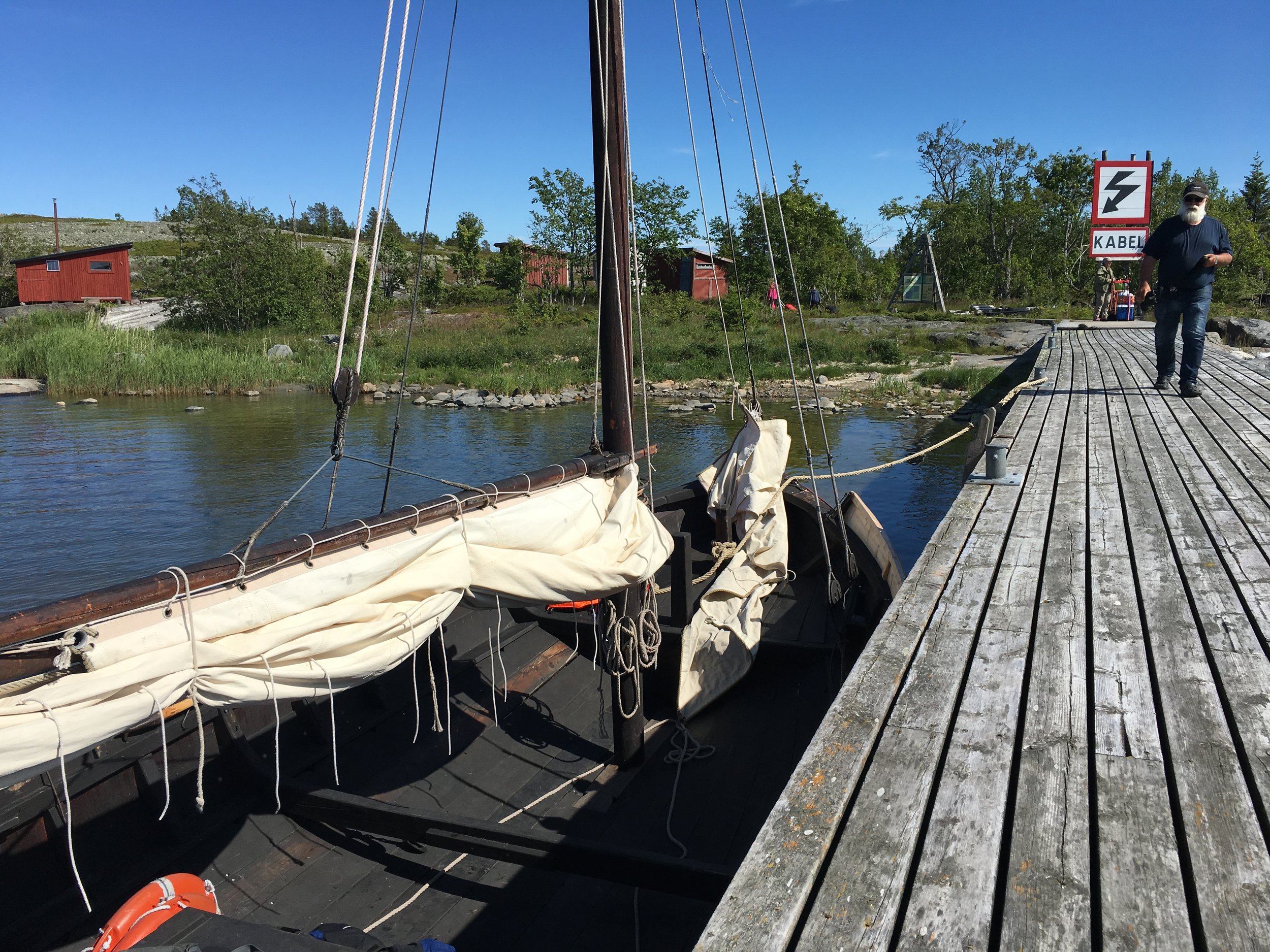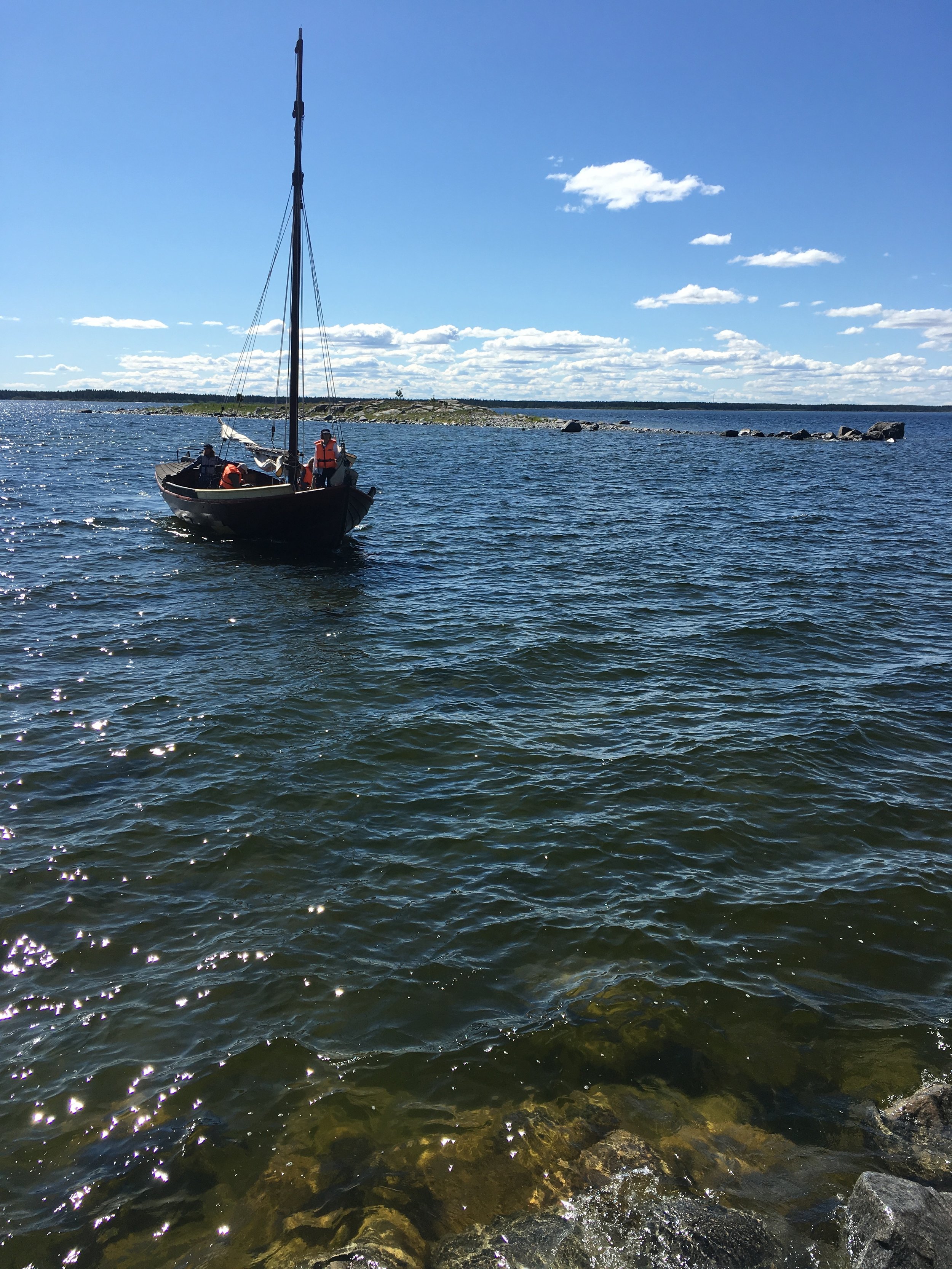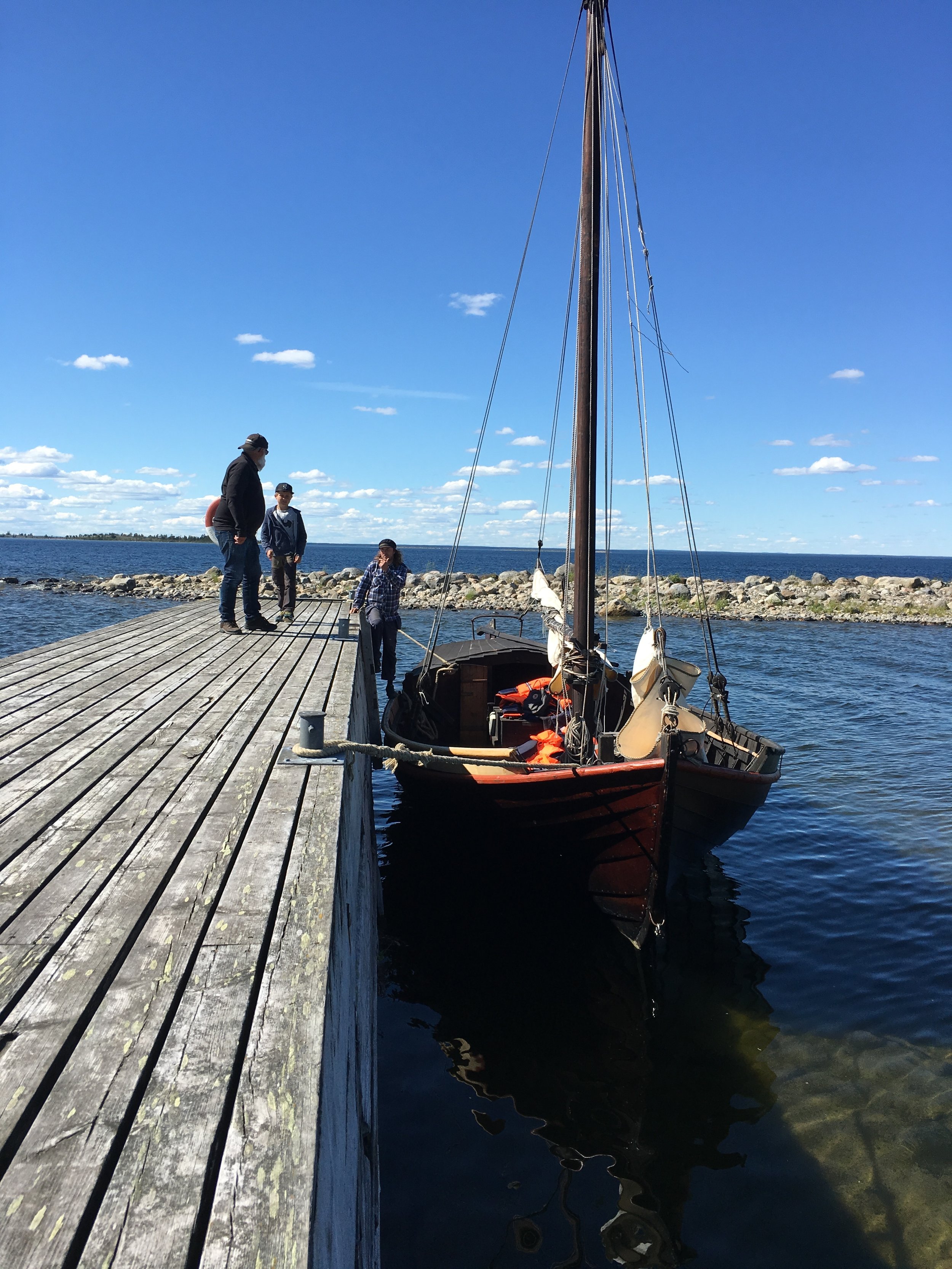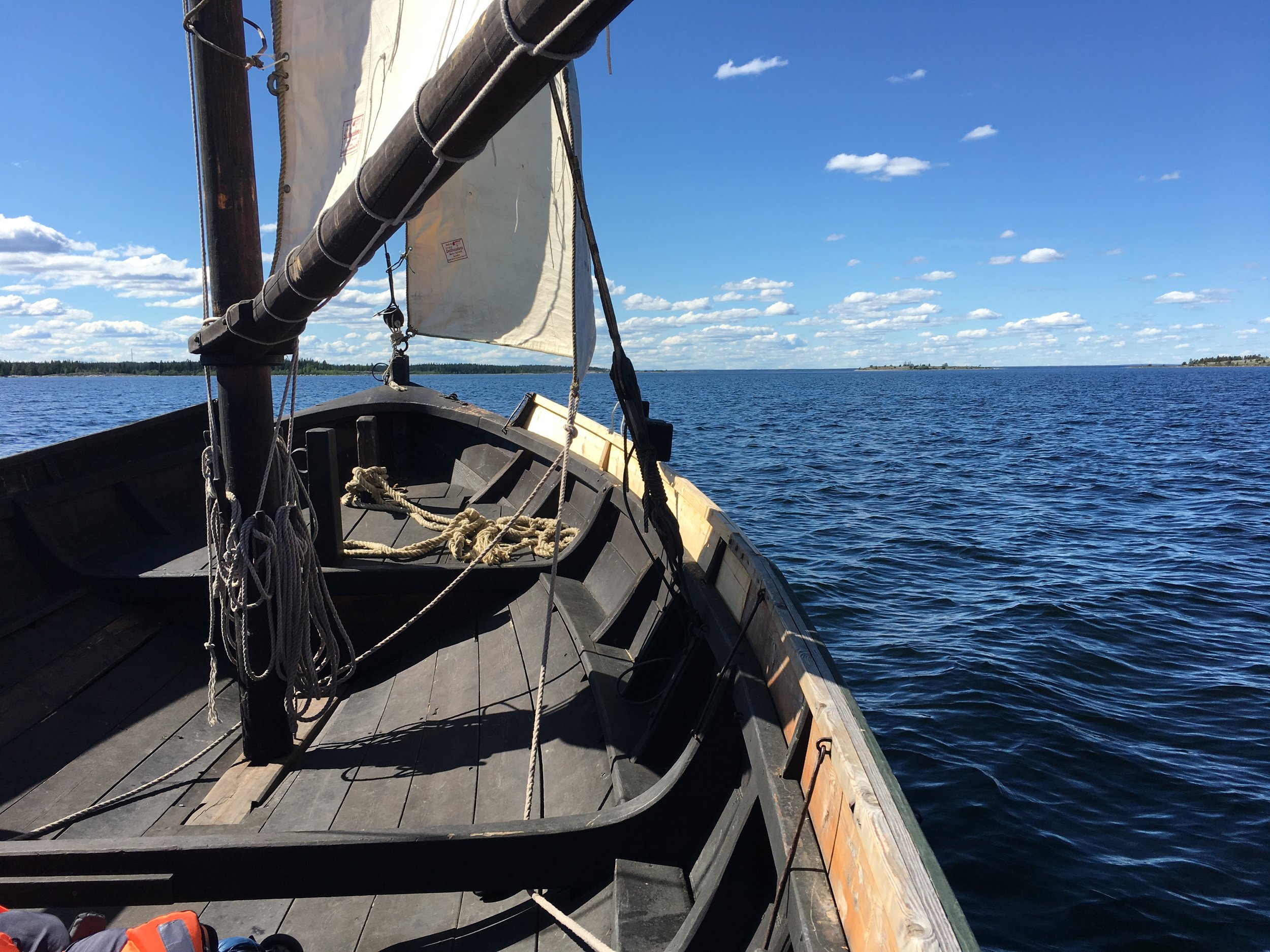Midsommar on Nano!
We had guests for Midsommar so sailing with Louve was not an option - too many people for this small boat. Instead we went to Grisslehamn, to have a picnicking on sandy atoll, close to Albert Engstöm atelier.
Louve was too small for all of us so I figured I’ll take even smaller boat, Nano, just for me! Seems obvious, ain’t it?
As always during peak season there were many folks in Grisslehamn but we were lucky to find parking spots in the usual place. Family & friends went to the beach while I unloaded Nano from car roof and went with her to small fisherman’s harbor, to launch there.
Wheel cart, mounted into centerboard slot, is very handy on such occasions. No need to carry the boat.
A few minutes later Nano was ready for launch.
It was first time I will be rowing Nano on open sea with swell so I was curious how seaworthy this tiny boat is.
Passage plan was simple - row out of the inlet, through the harbor and around rocks, to the beach. Then take some swings in the area and expose ourselves to wind and waves!
I kept close to the land, on shallow water, in case Finland ferry arrives and demands right of way.
Rowing out of fishermen bay in picturesque landscape.
We were rowing against the wind which was getting stronger once protective shadow of the bay was gone. To save energy for the hole trip I used shadowing as much as I could but it is very shallow there, with many stones just under the surface.
Leaving the harbor onto open water.
No ferry on the horizon yet!
We round another cap, the wind is getting stronger but Nano has low profile and keeping her on course is no problem.
Finally we see Engströms house, the beach is behind it.
Rounding the cape, some people on rocks but the beach is quite deserted.
We land softly on sand, greeted by family. I am a bit tired after rowing, sandwiches taste delicious!
After short mingle we launch from the beach and head back to fishermen bay.
I take a swing to explore nearby bay which is not accessible by road but after noticing that this is a military area I turn back to the harbor.
That was about time because the ferry arises on the horizon and not long after it also enters the harbor.
By this time Nano is back on land and loaded on the car’s roof. I go back to beach to continue Midsommar picnicking!


